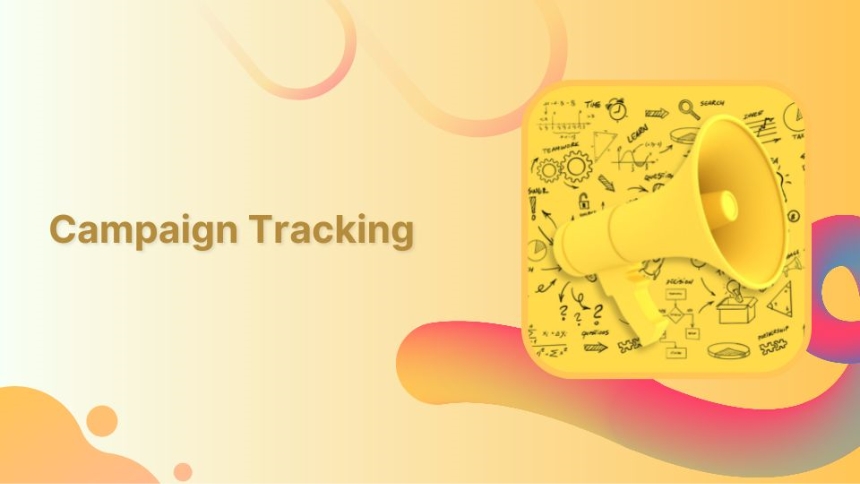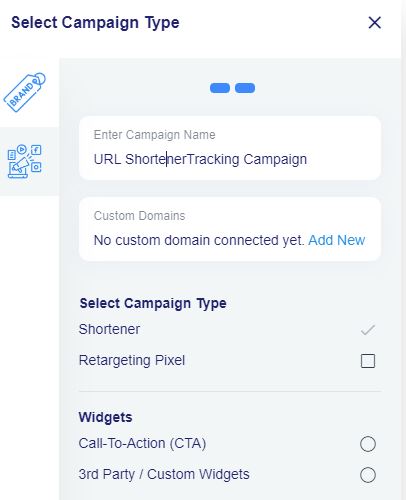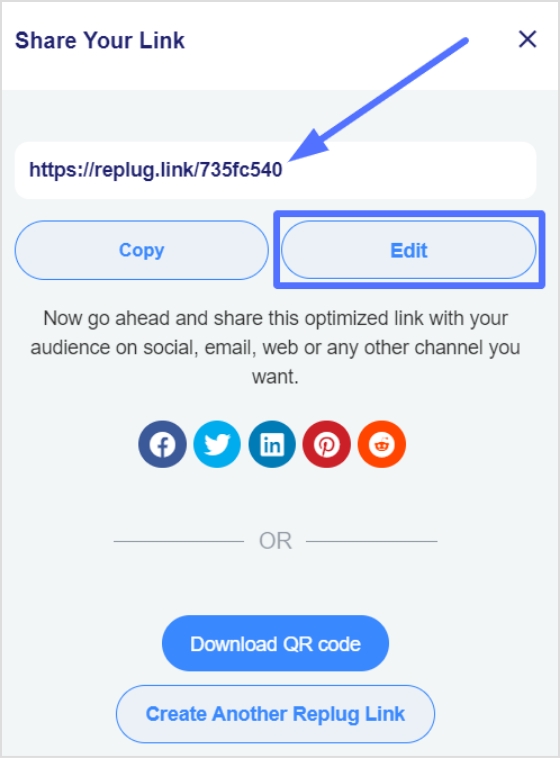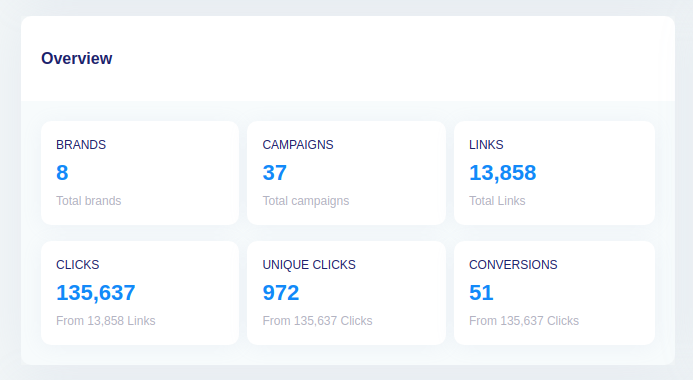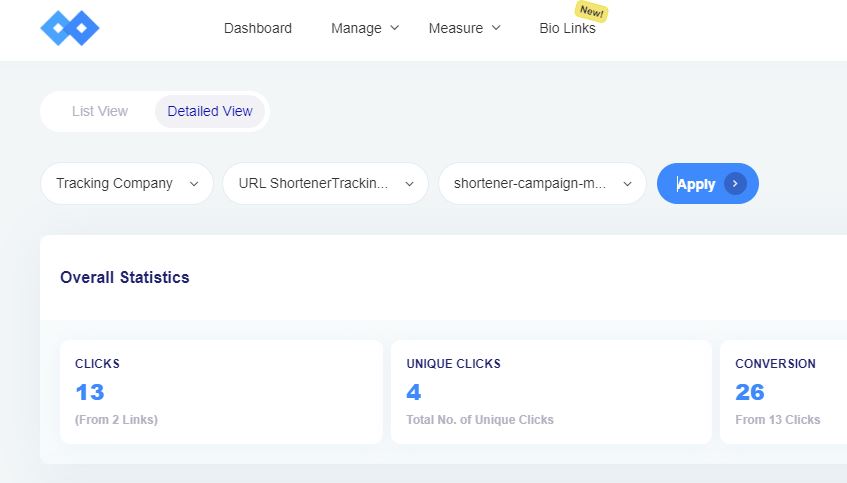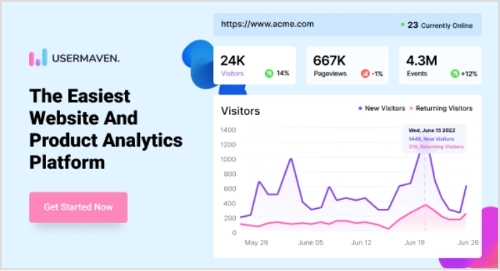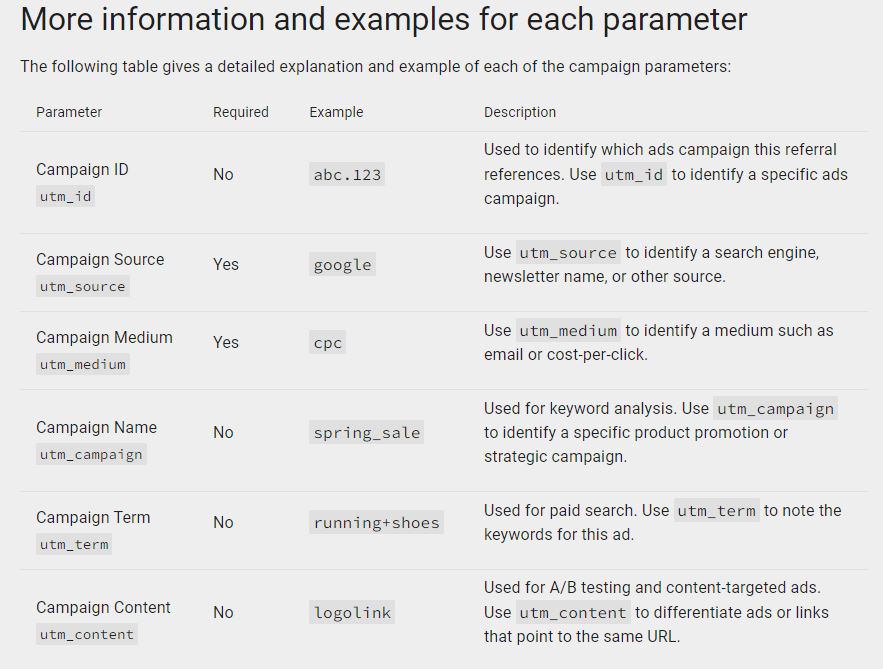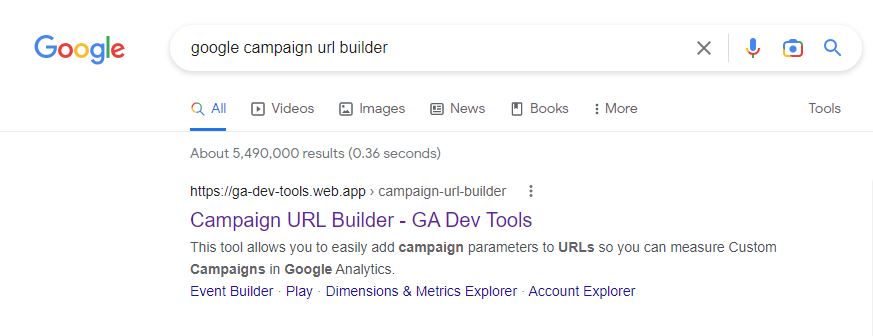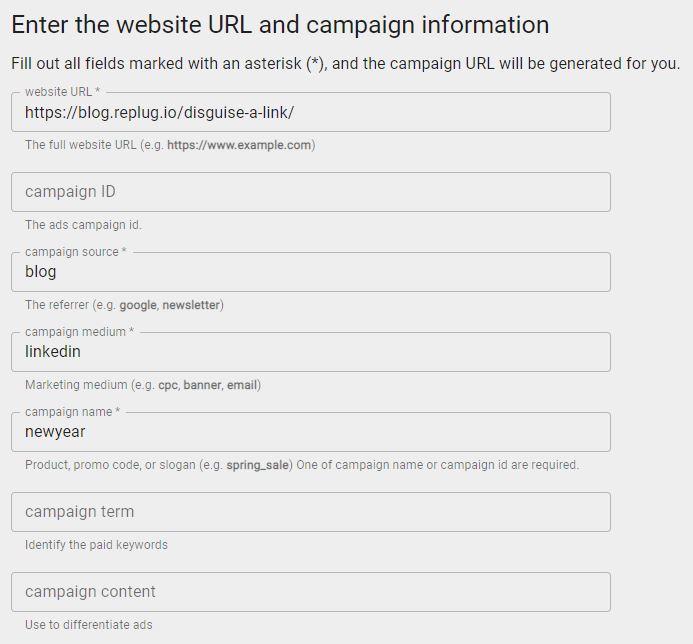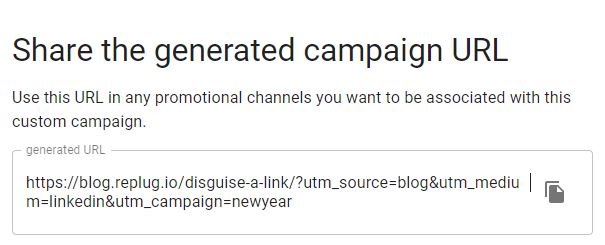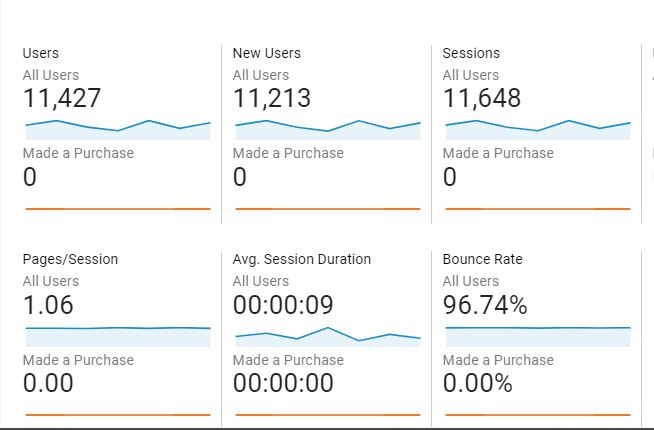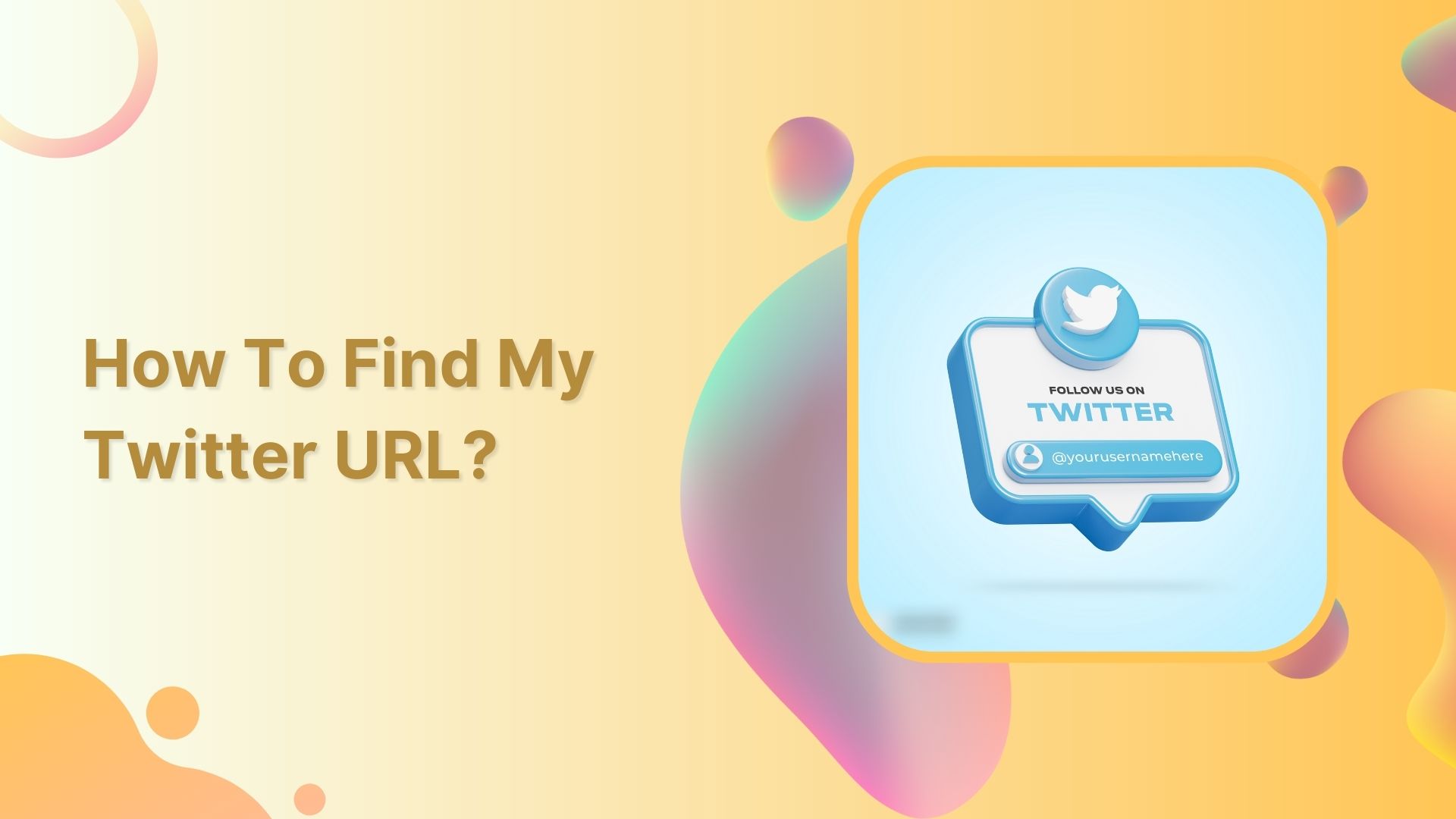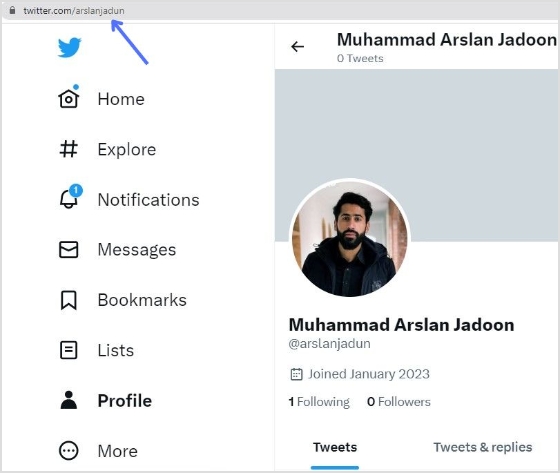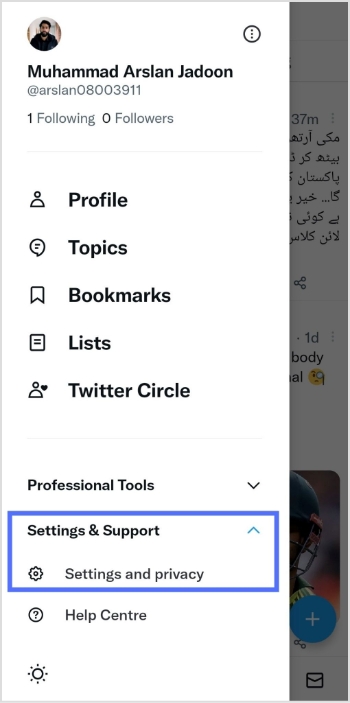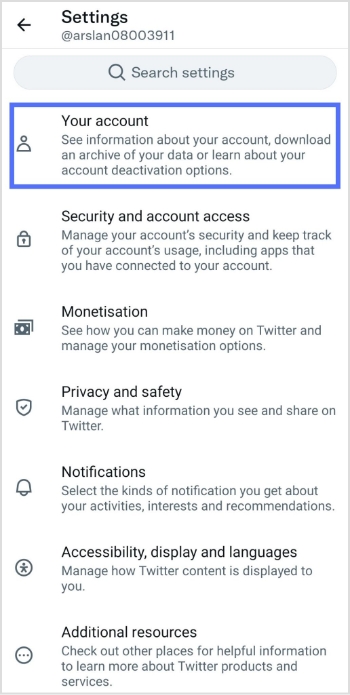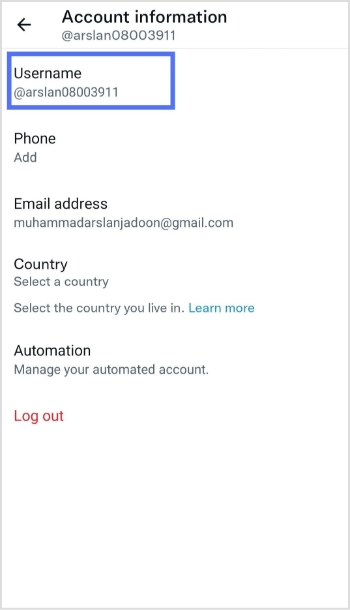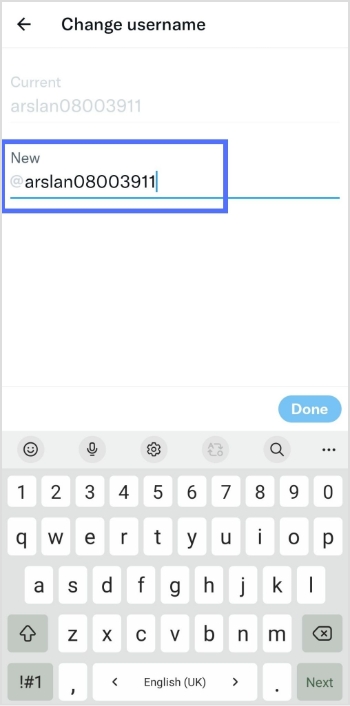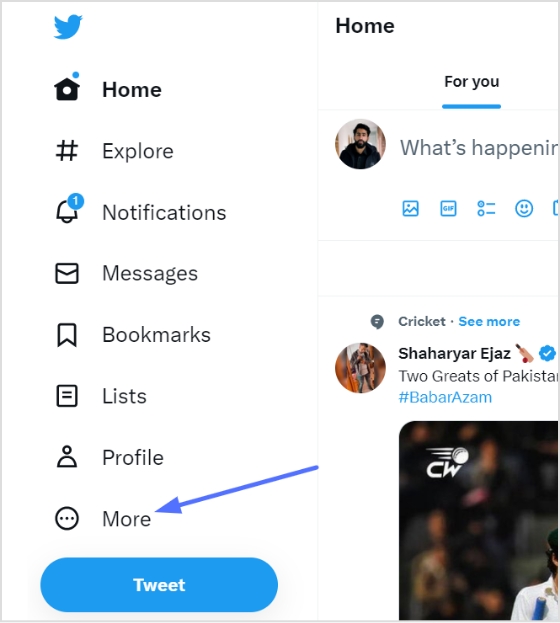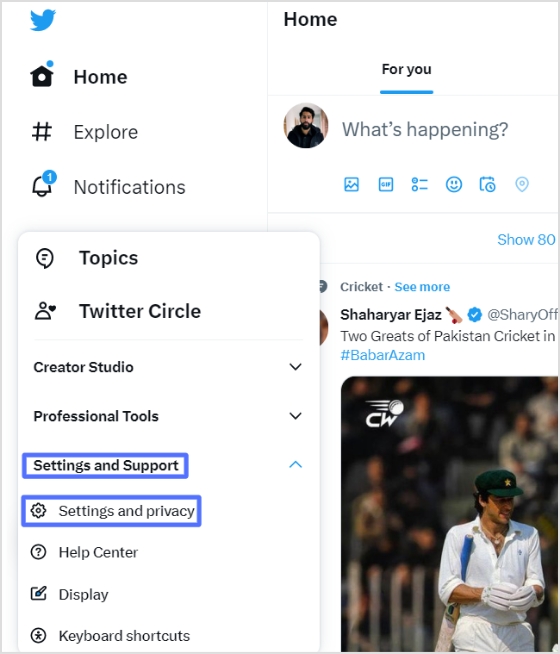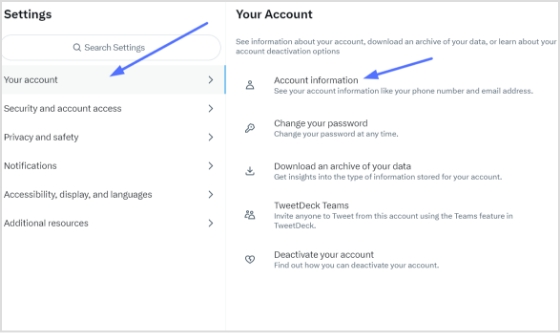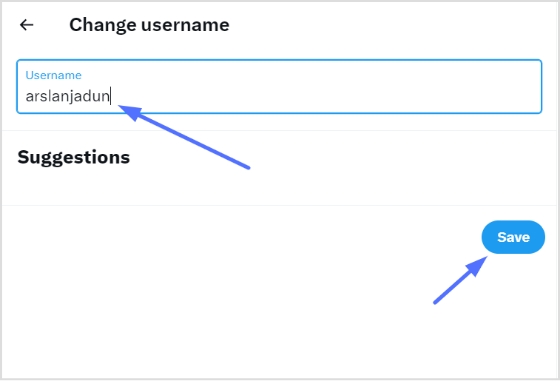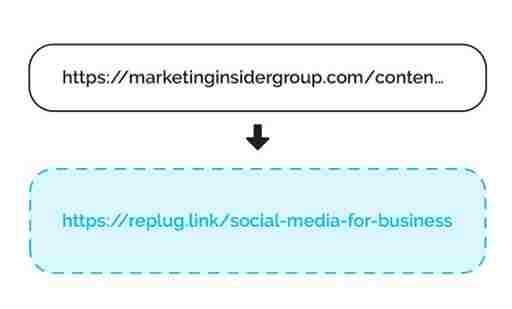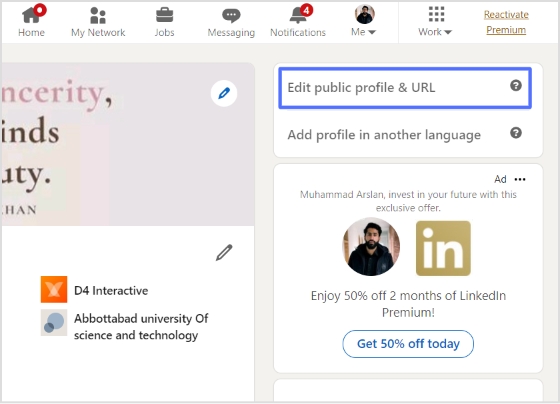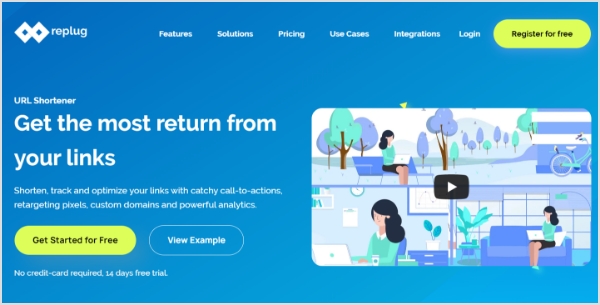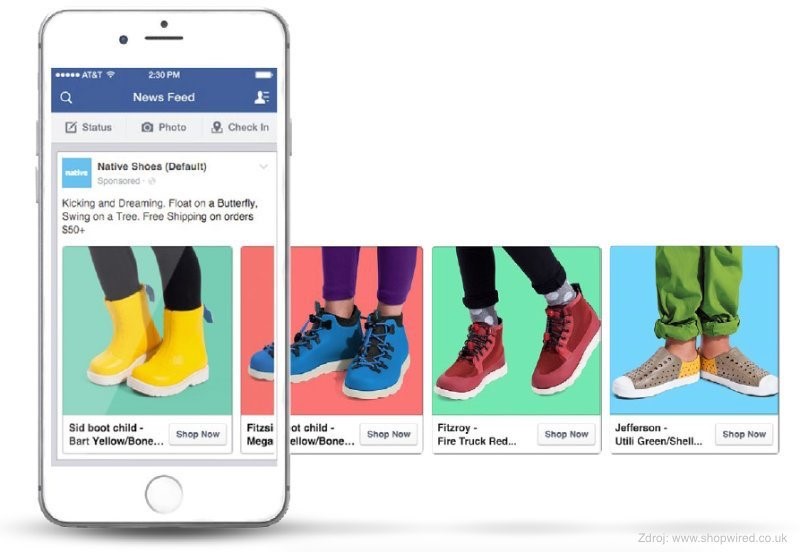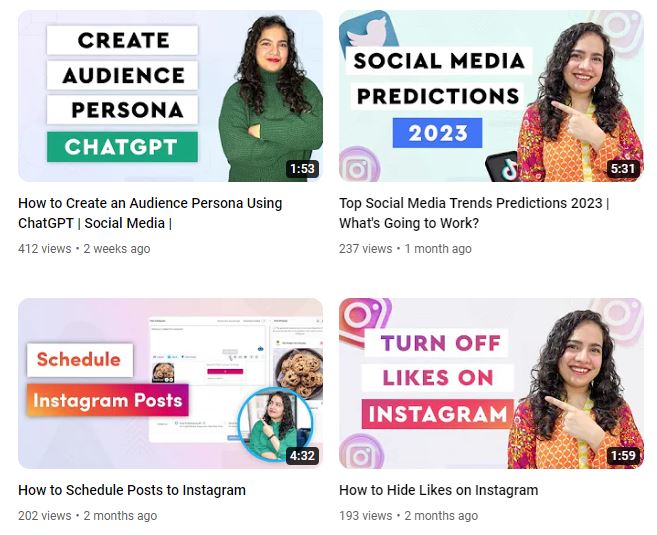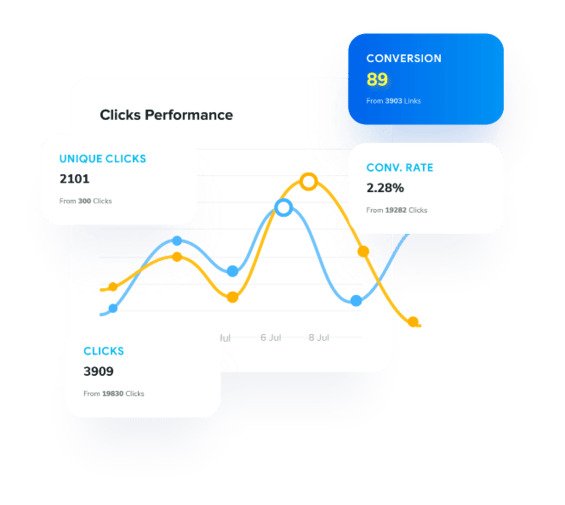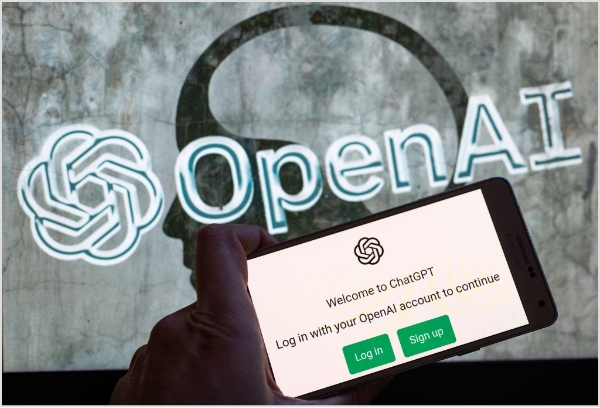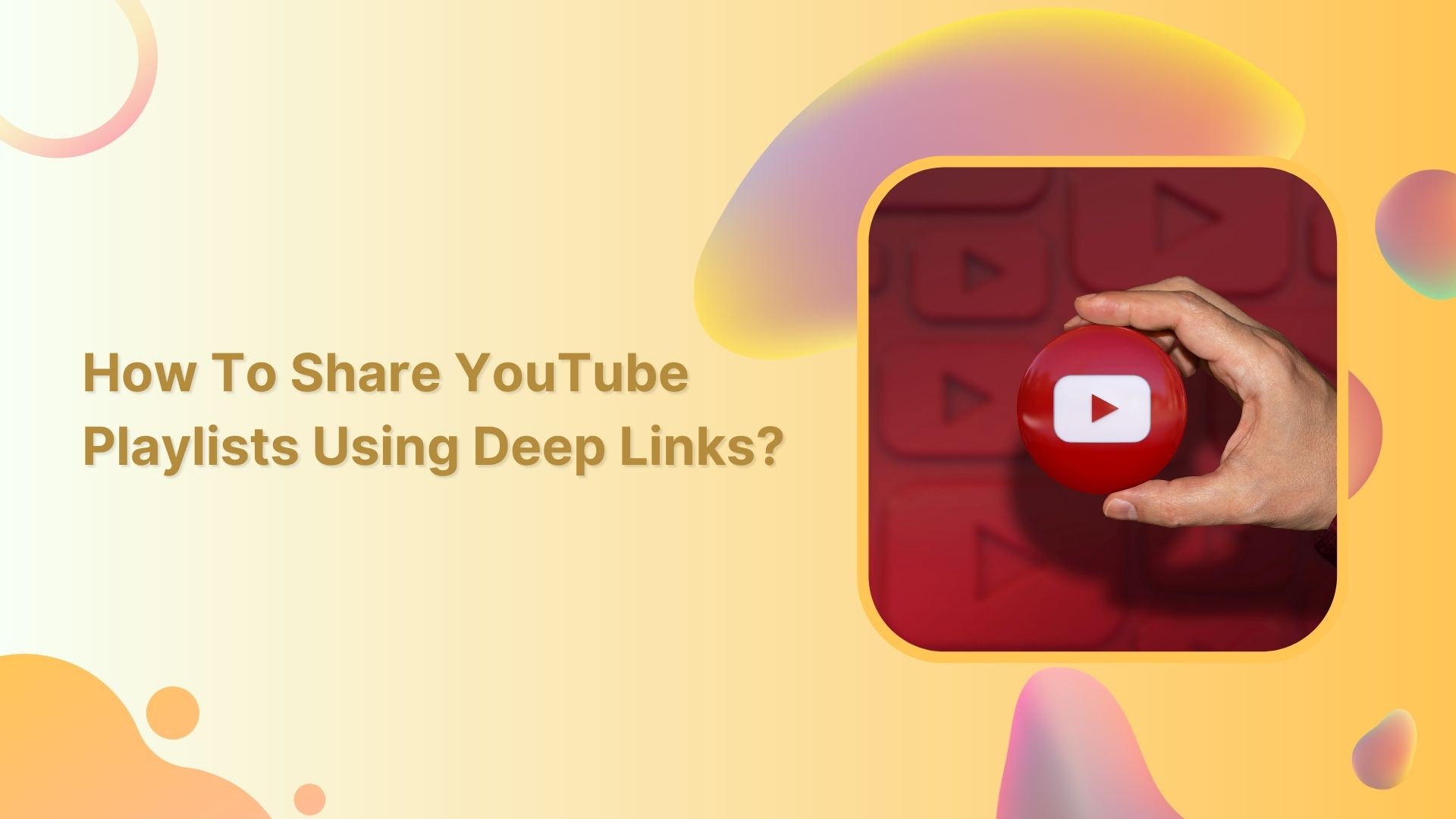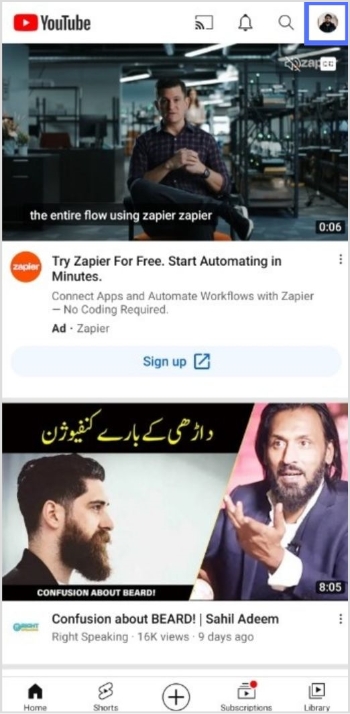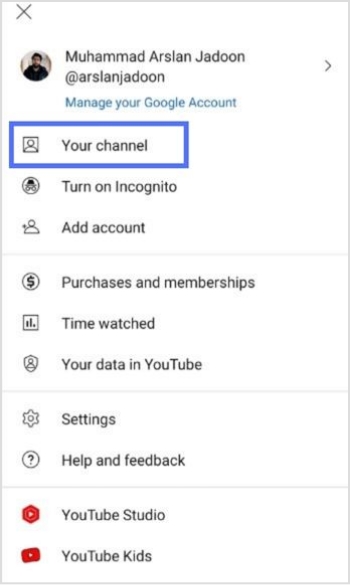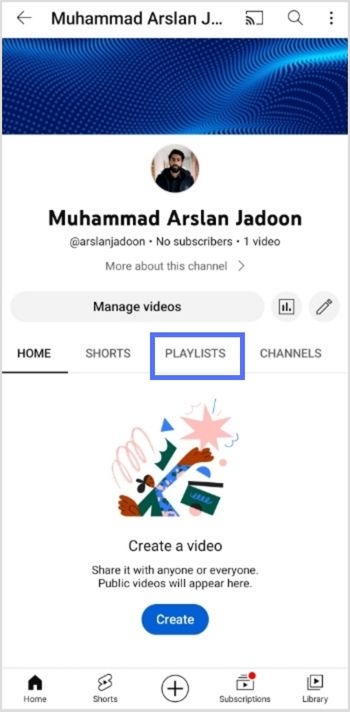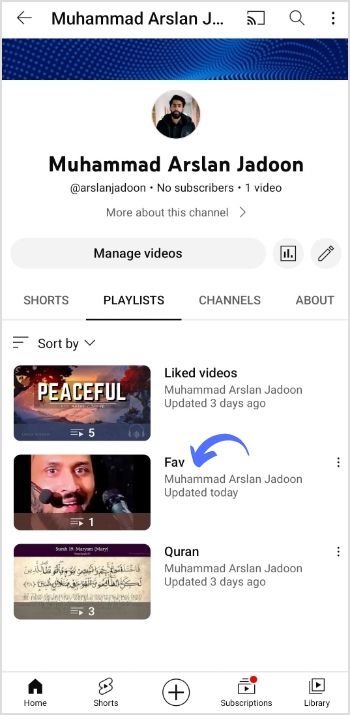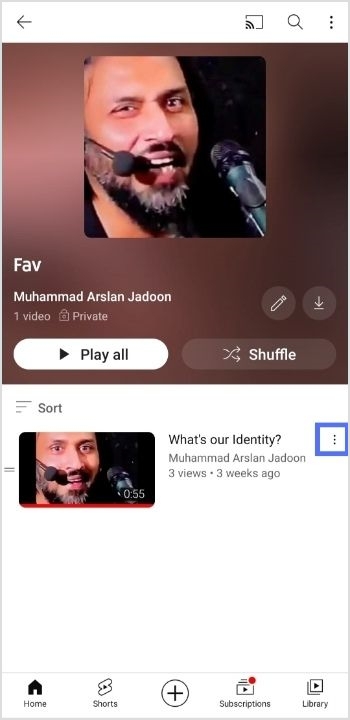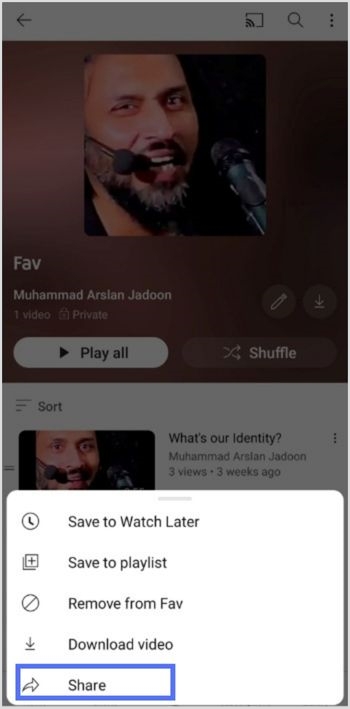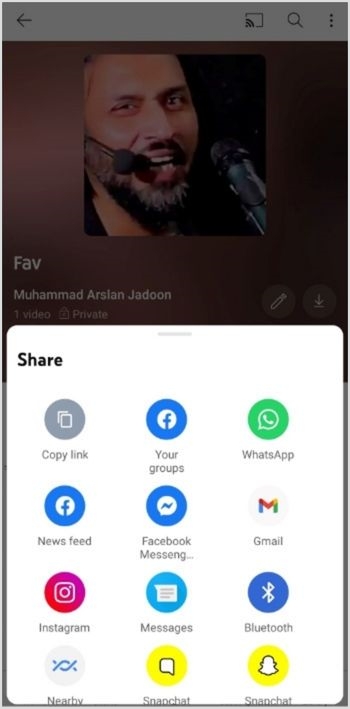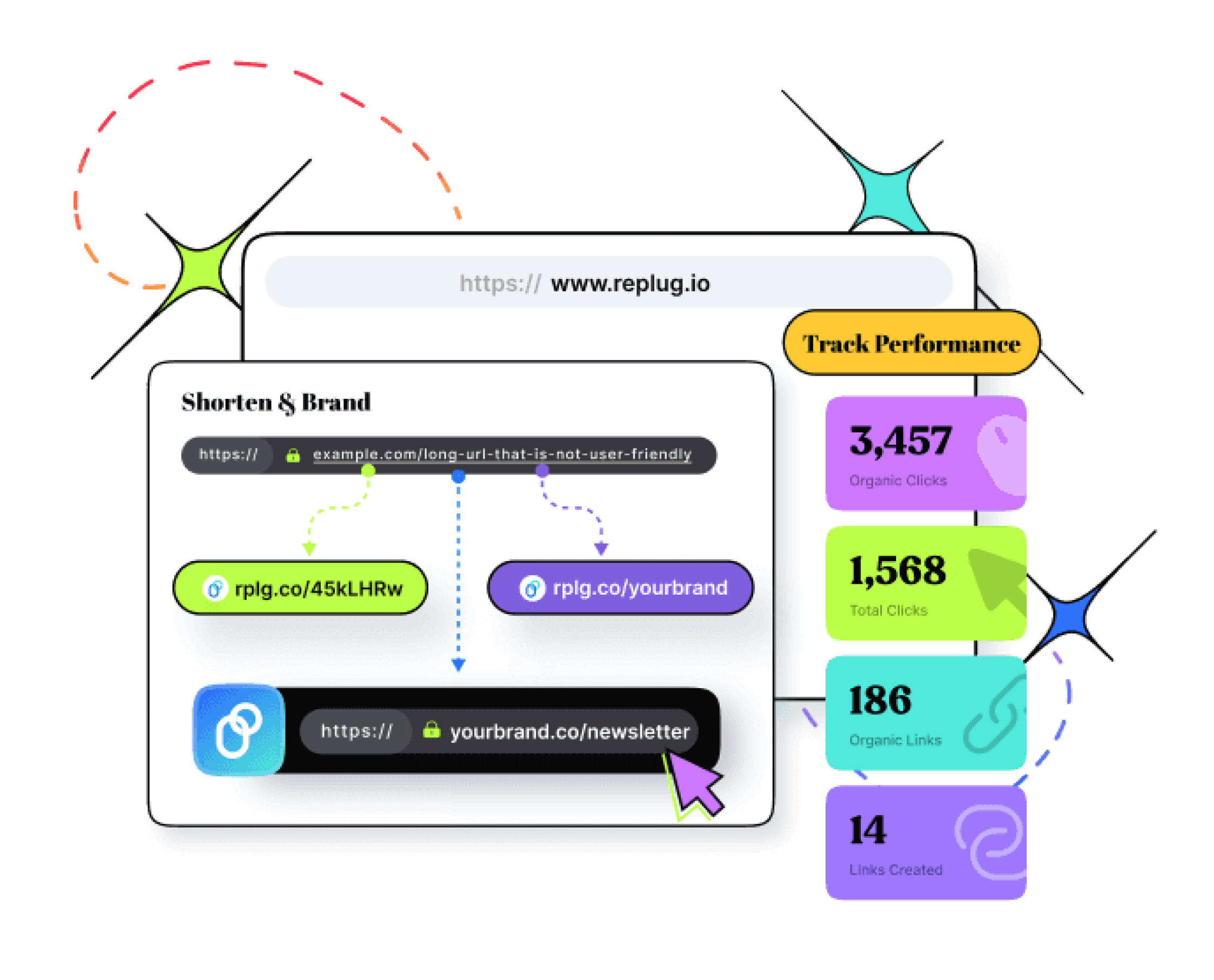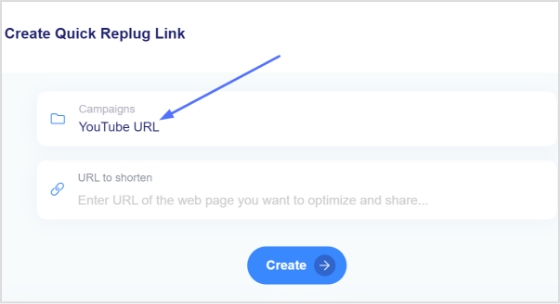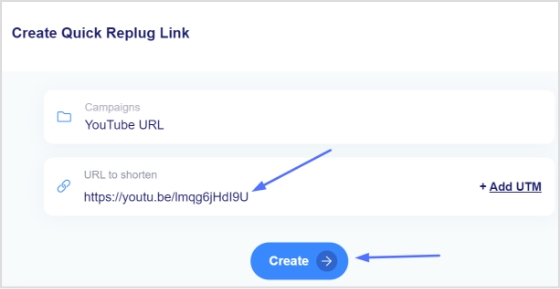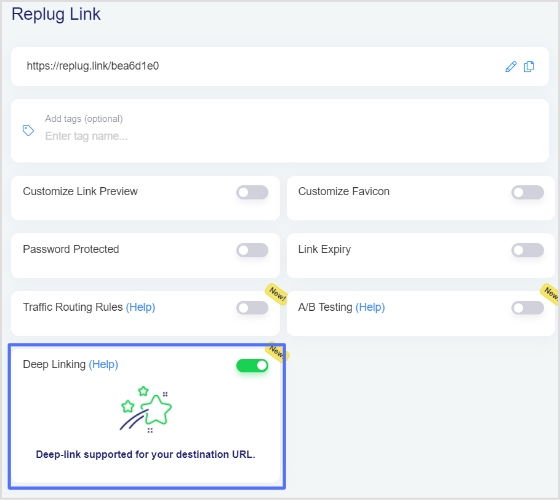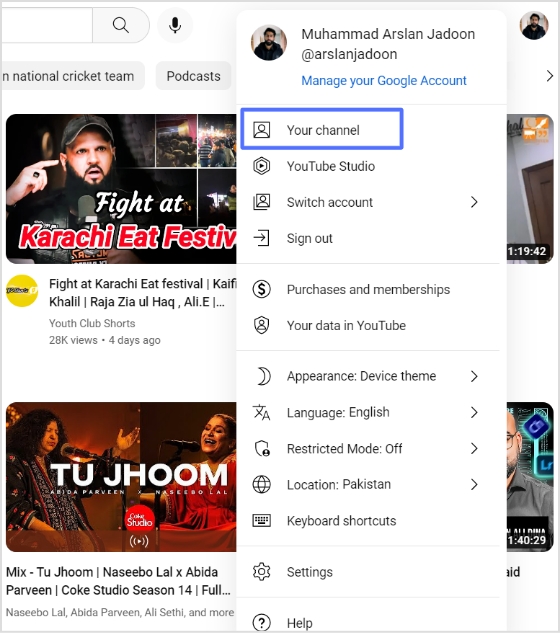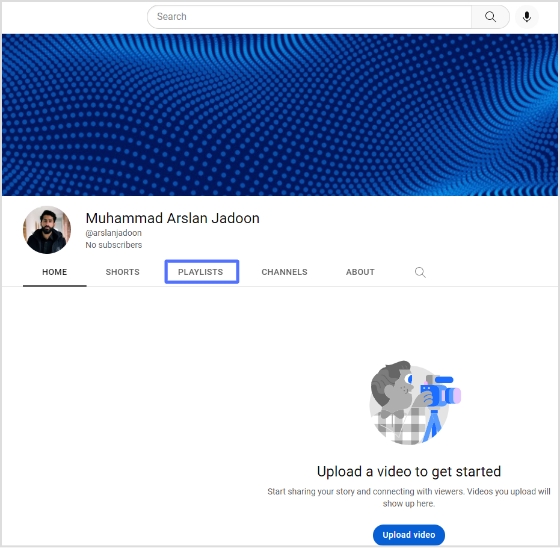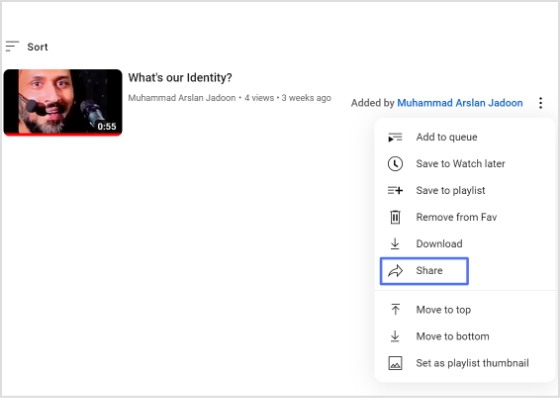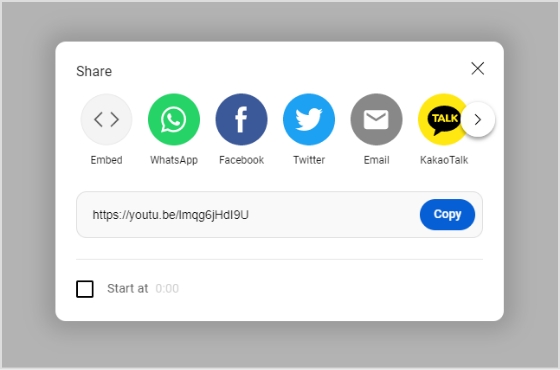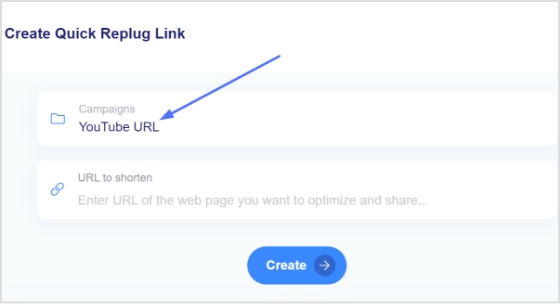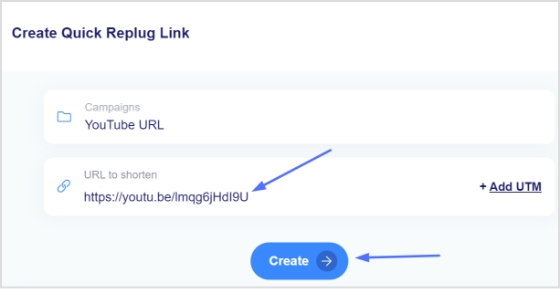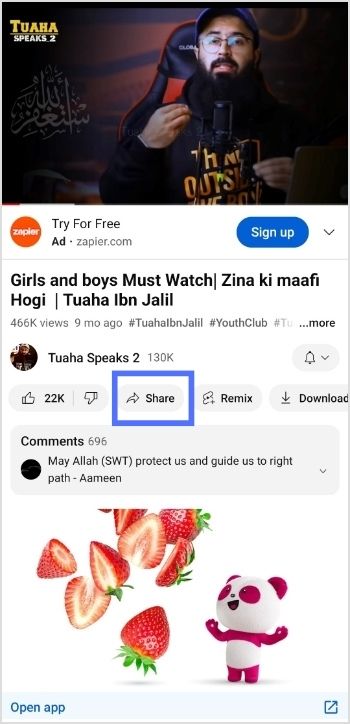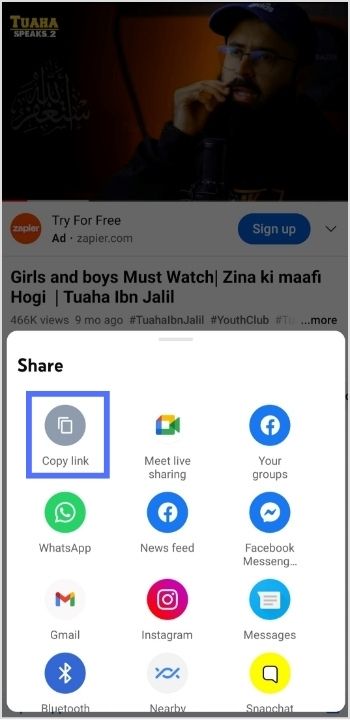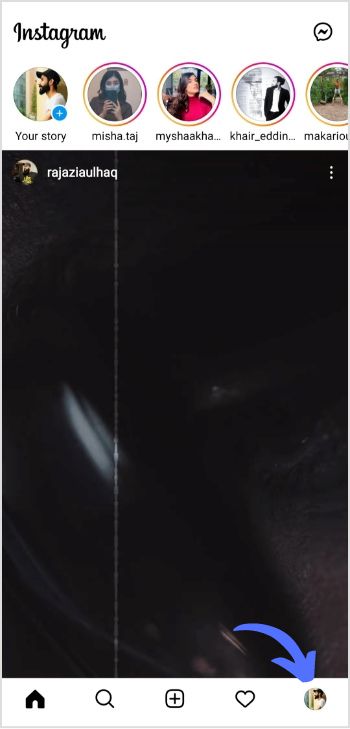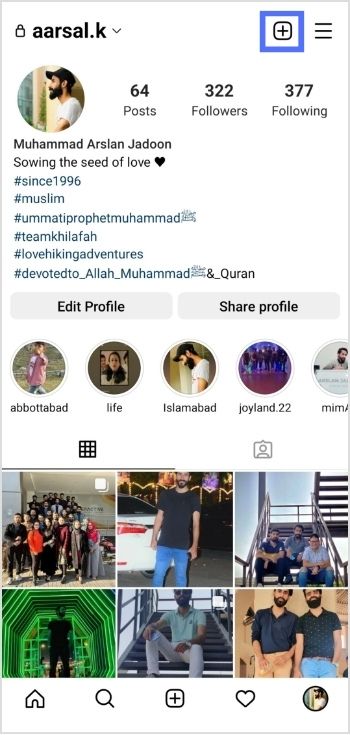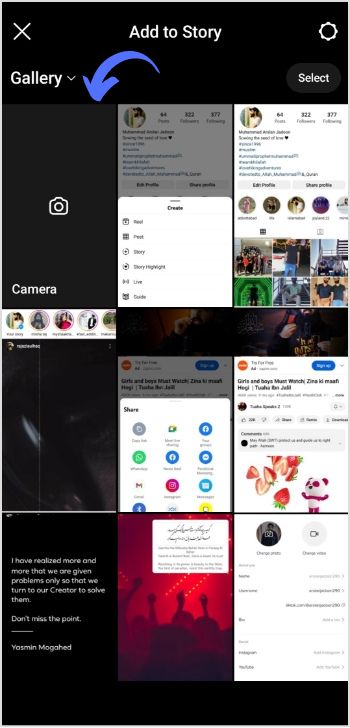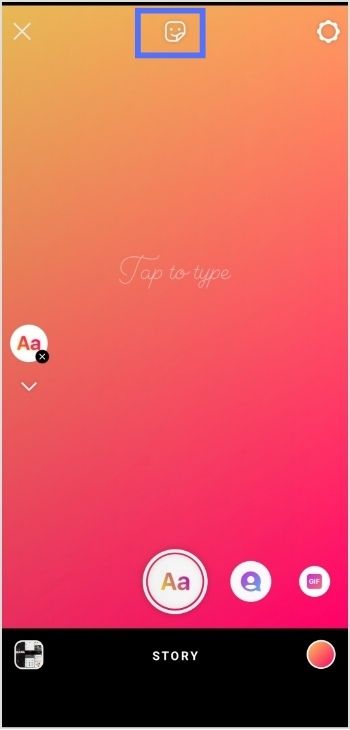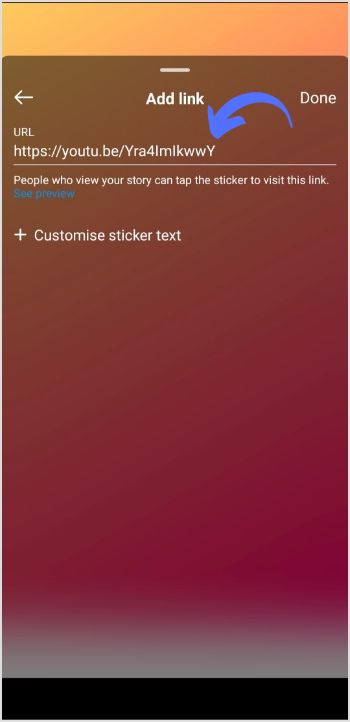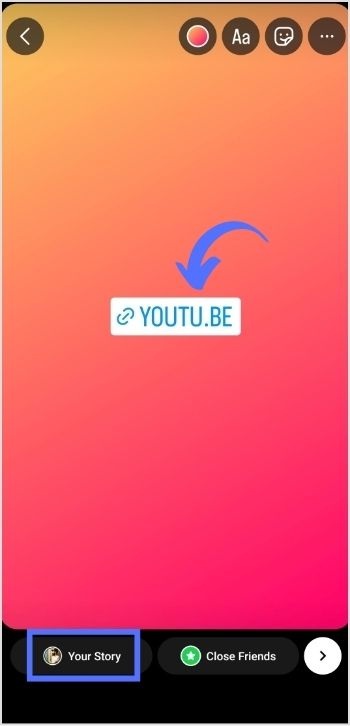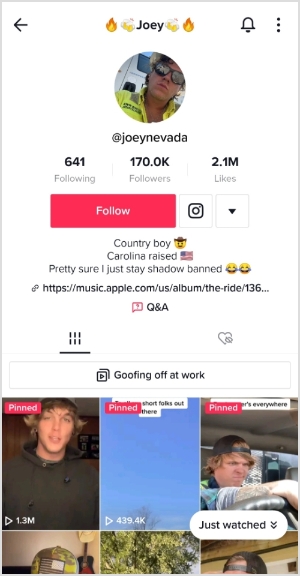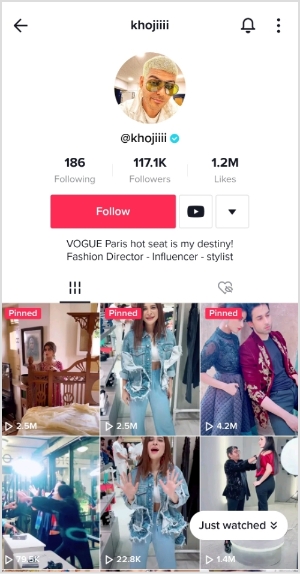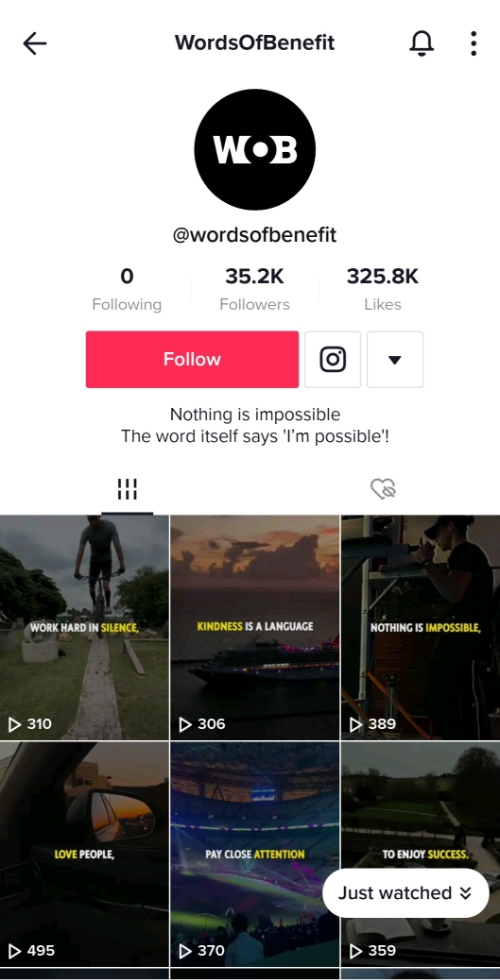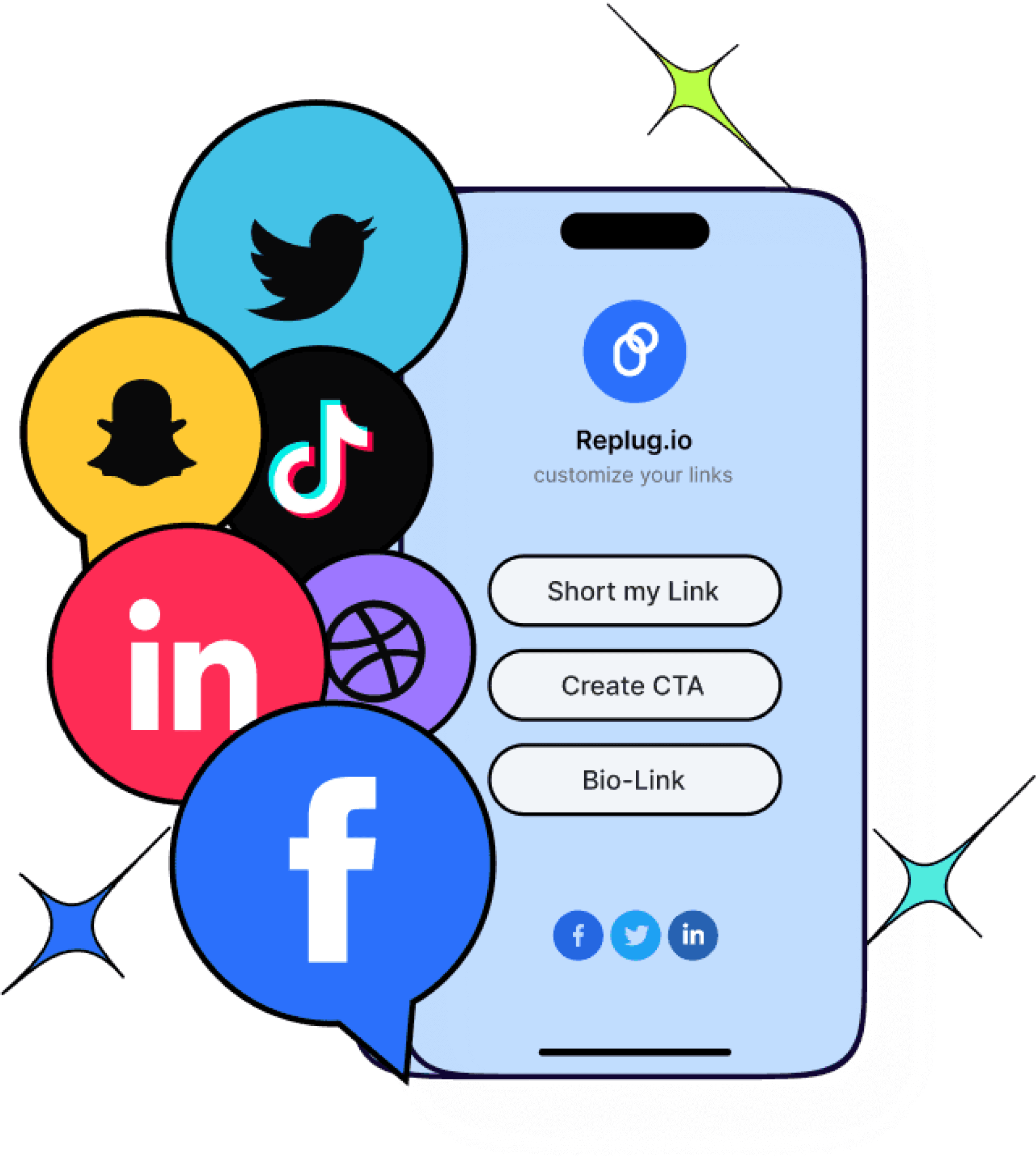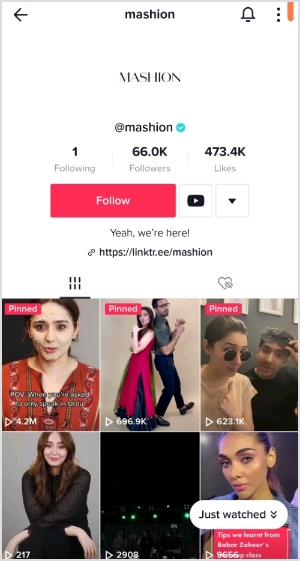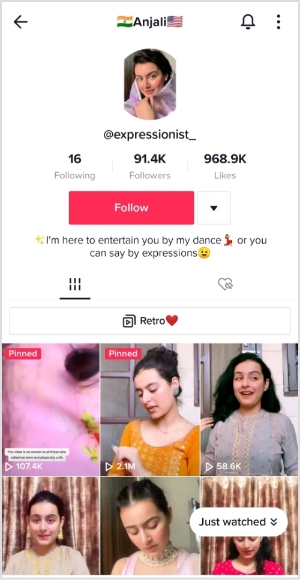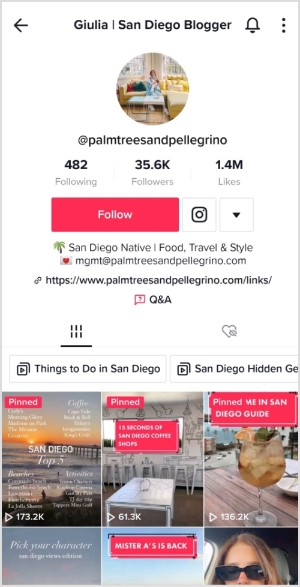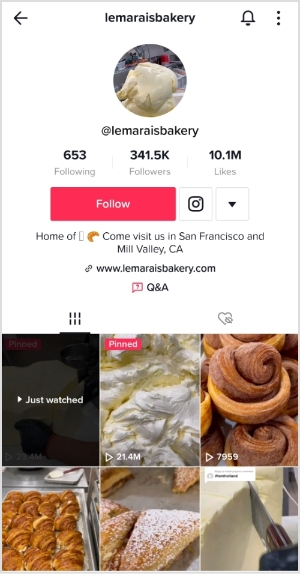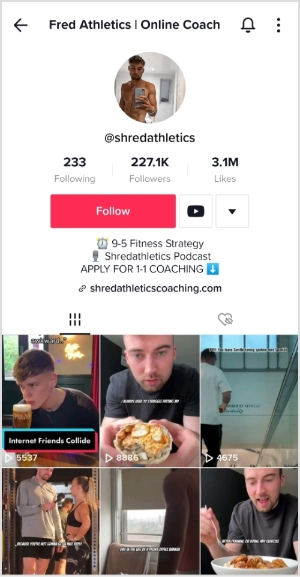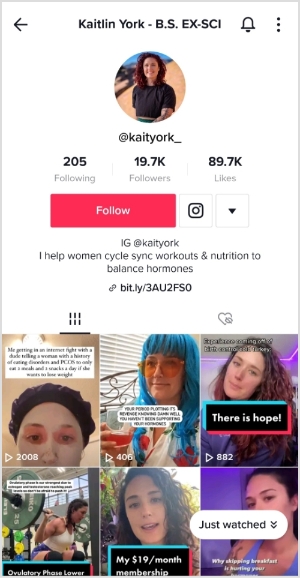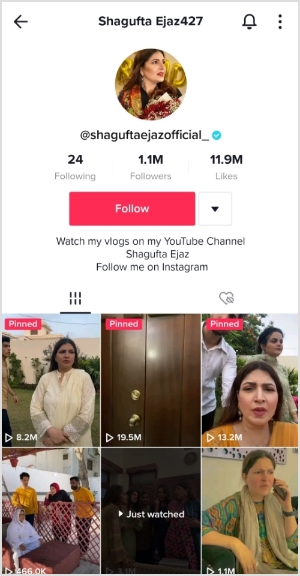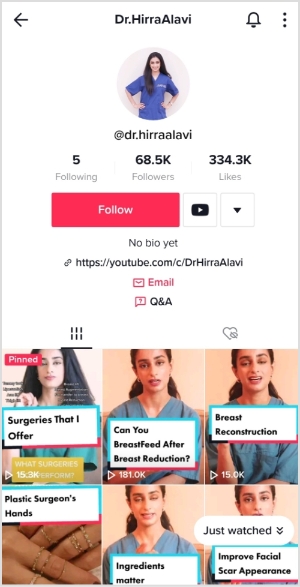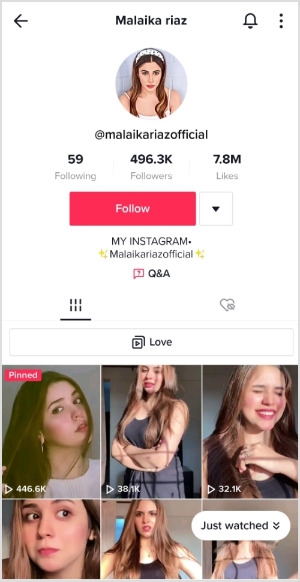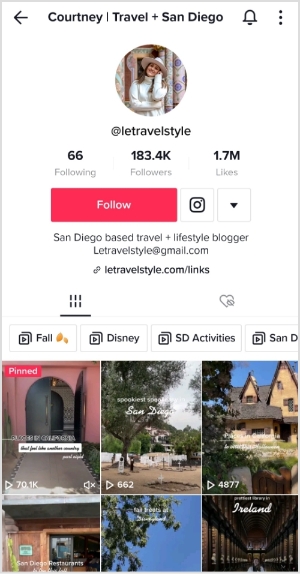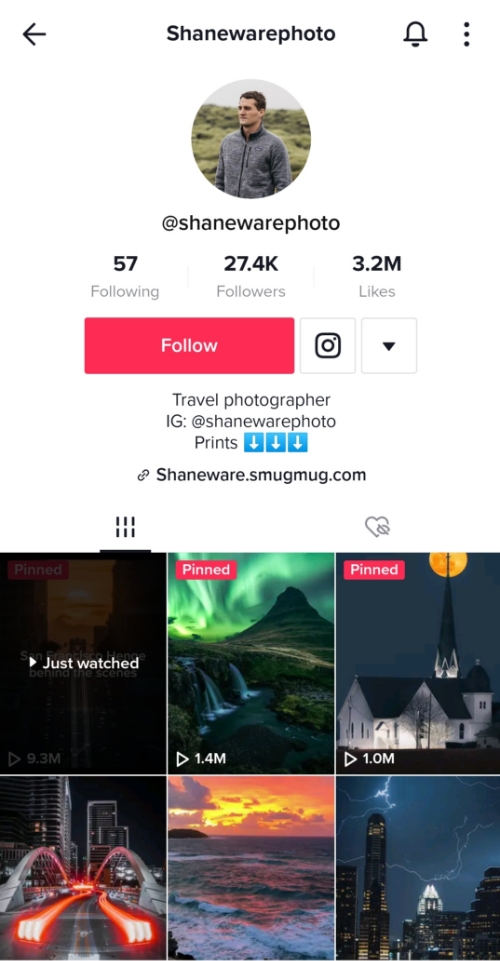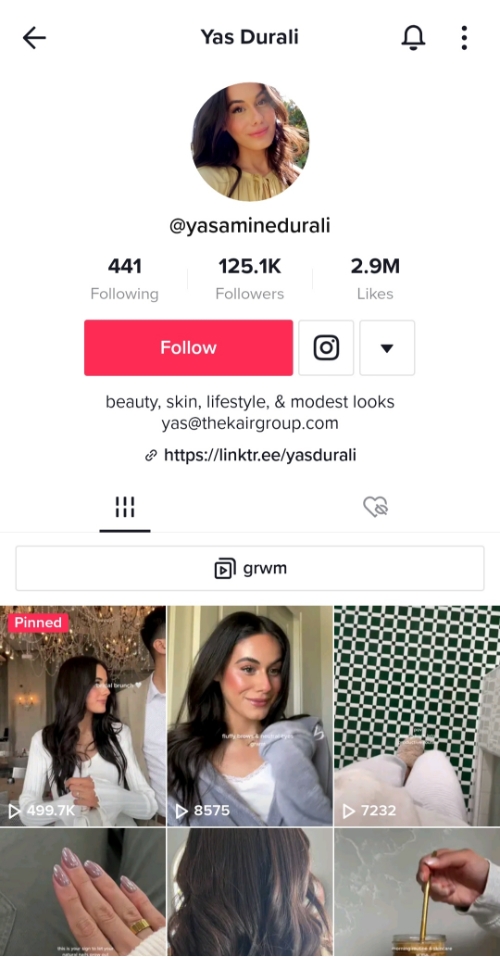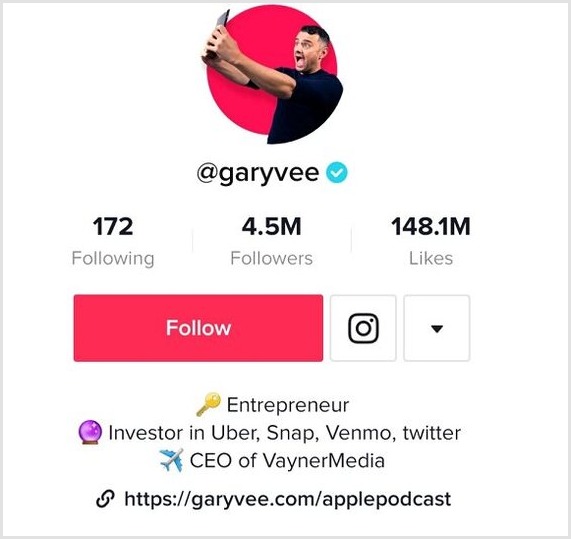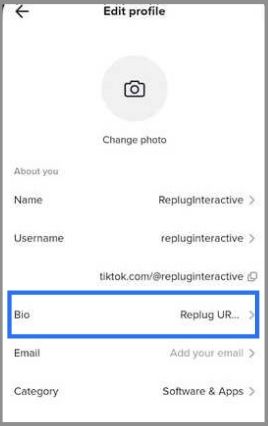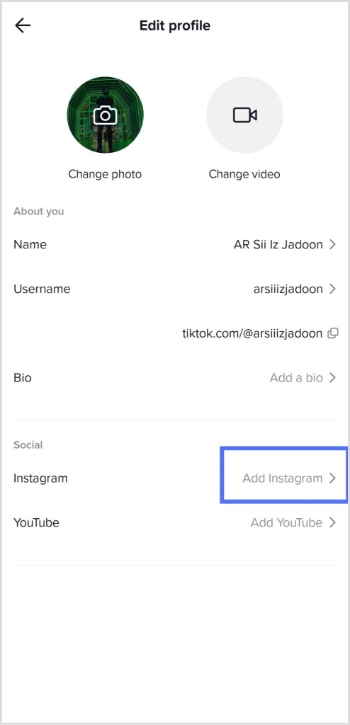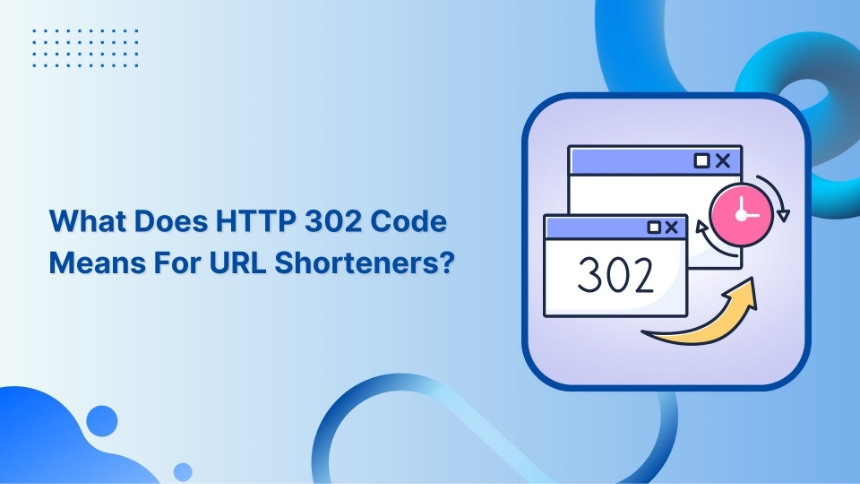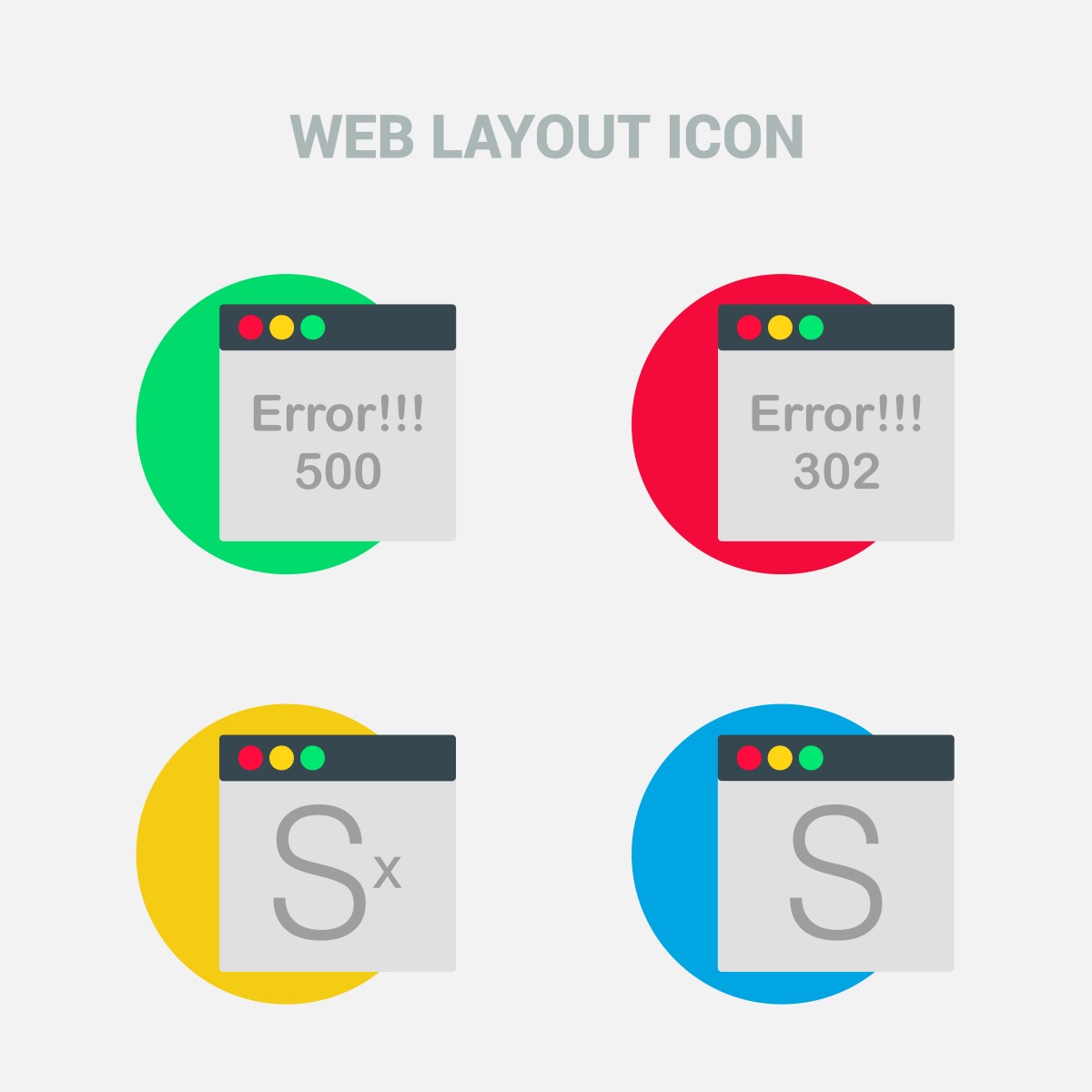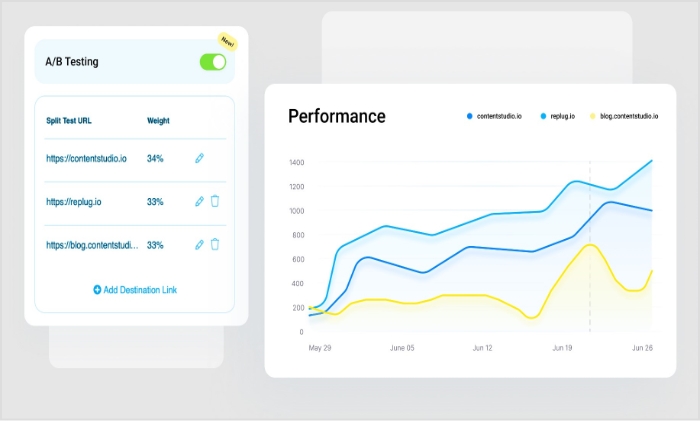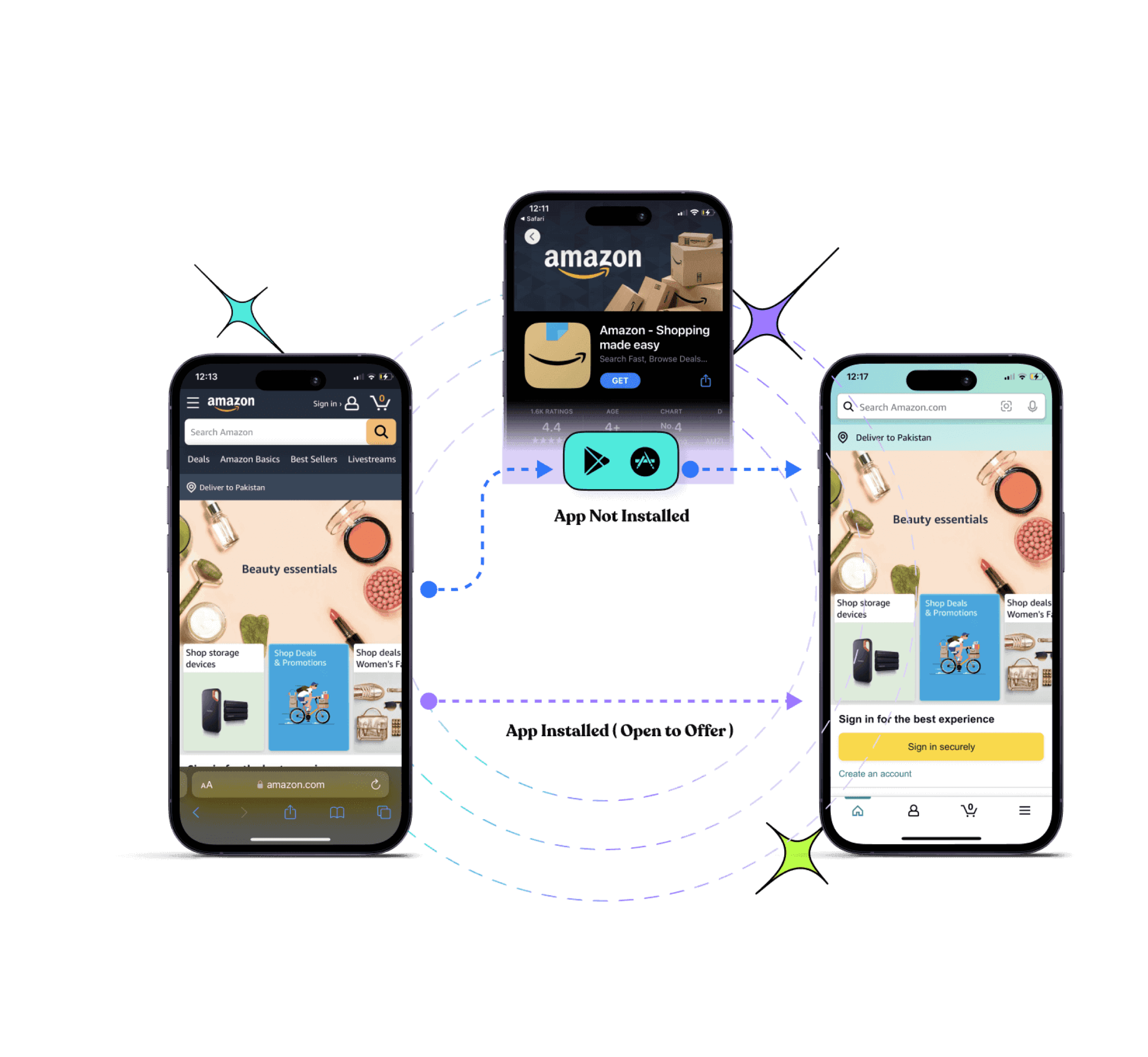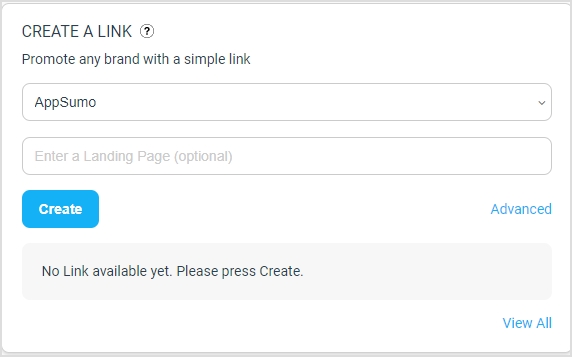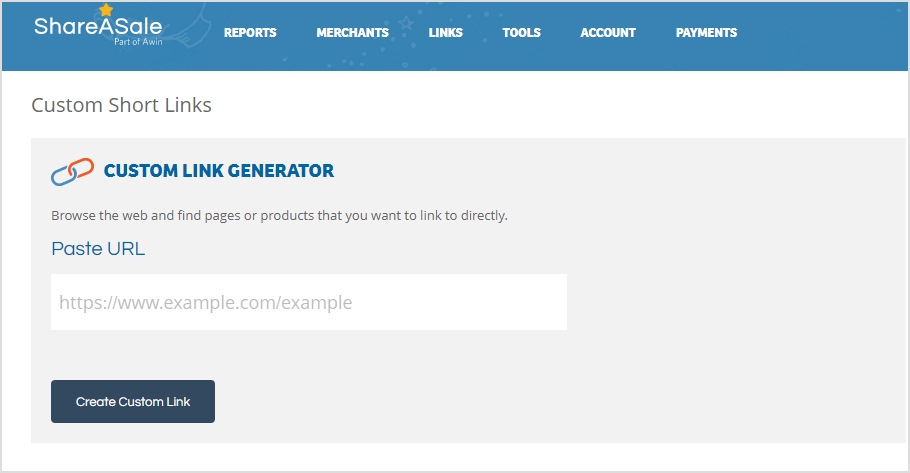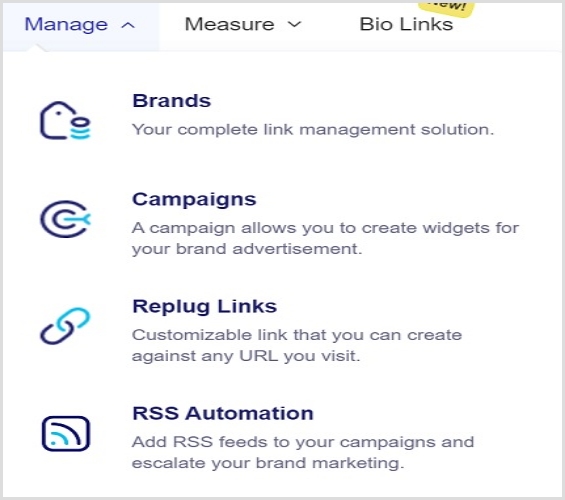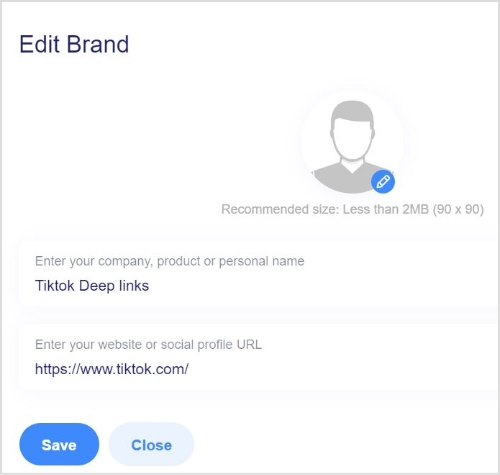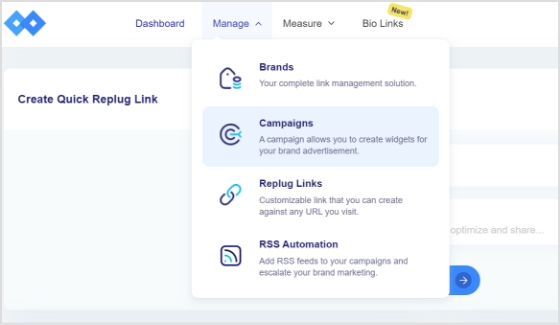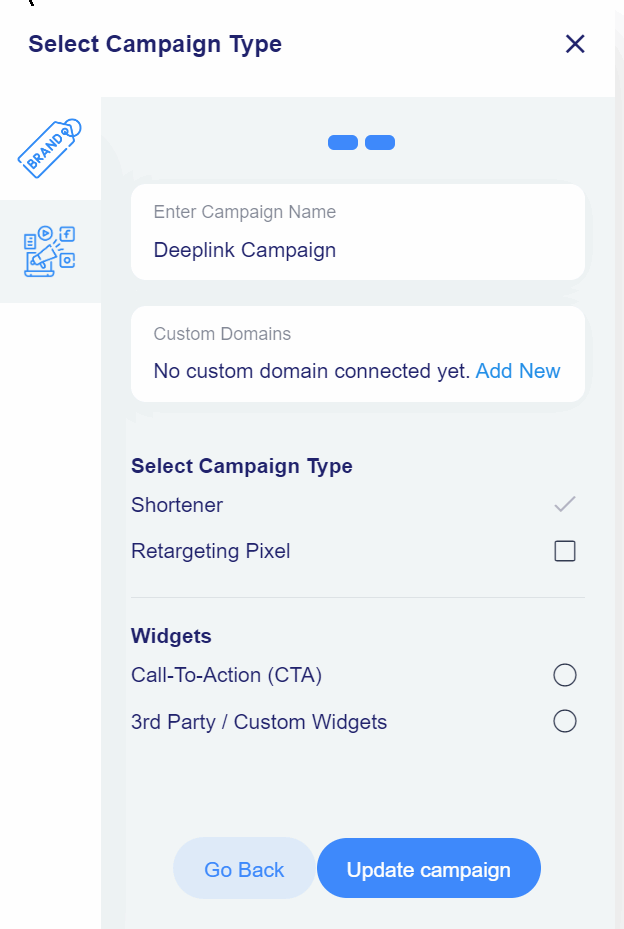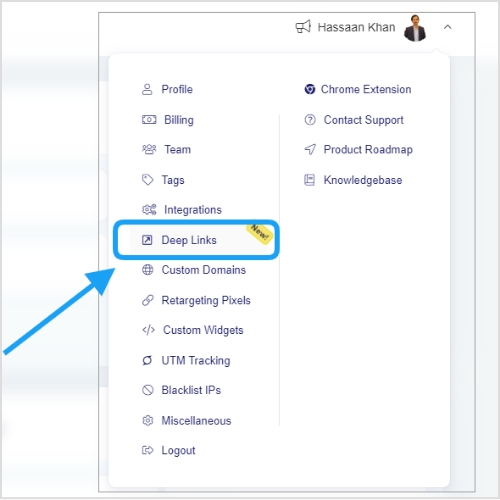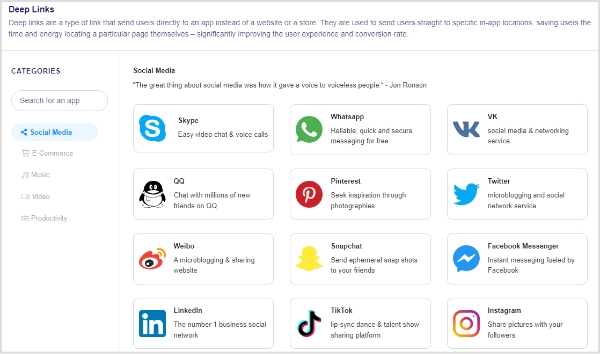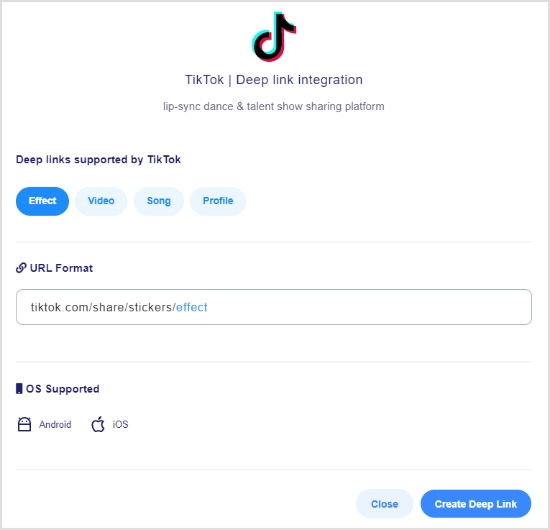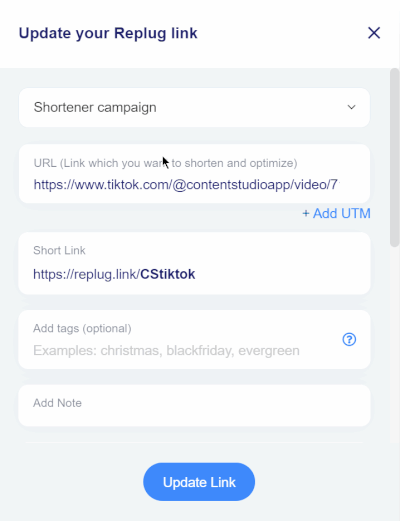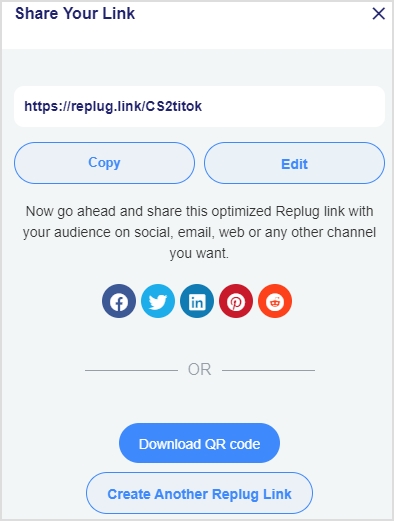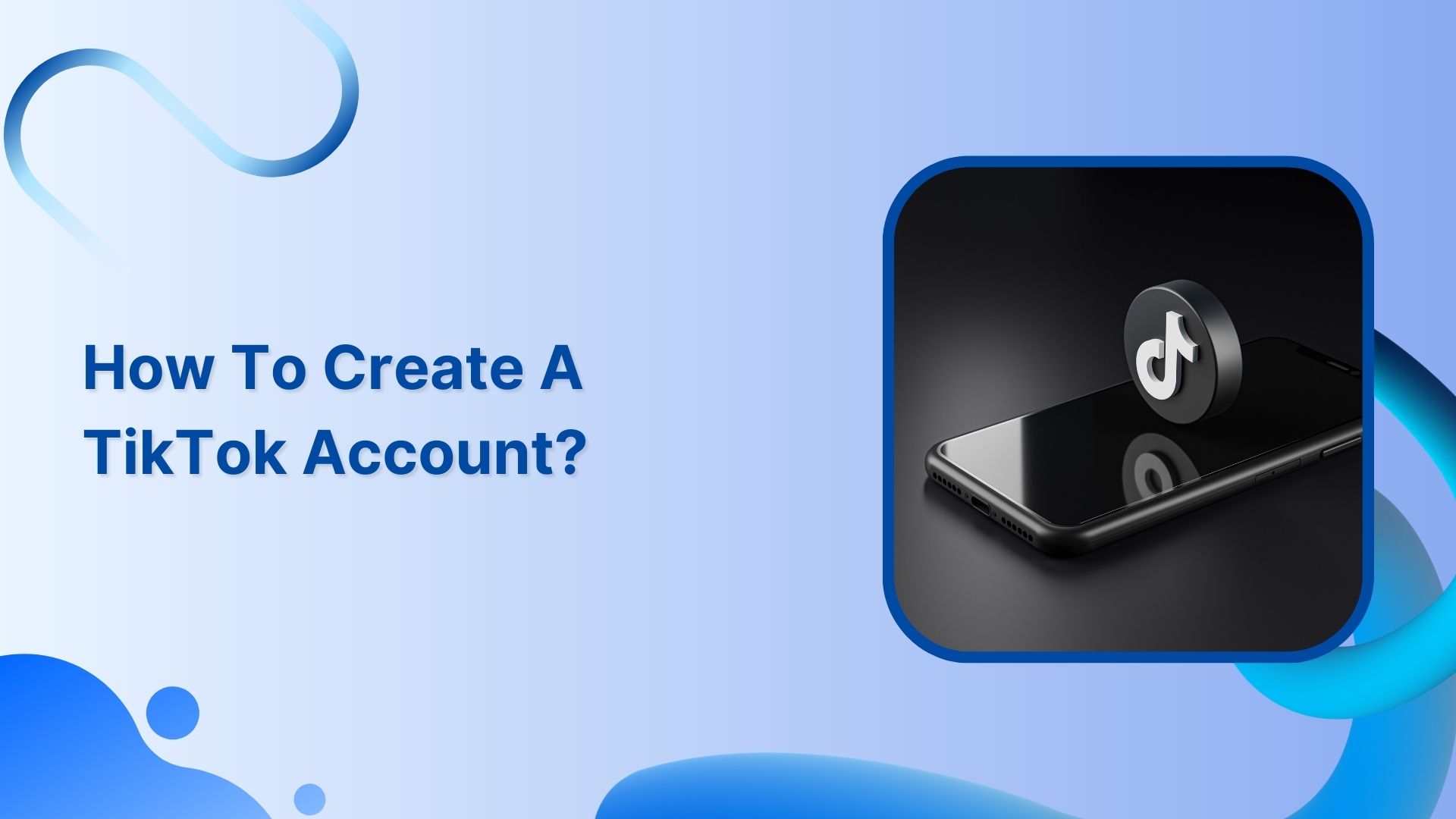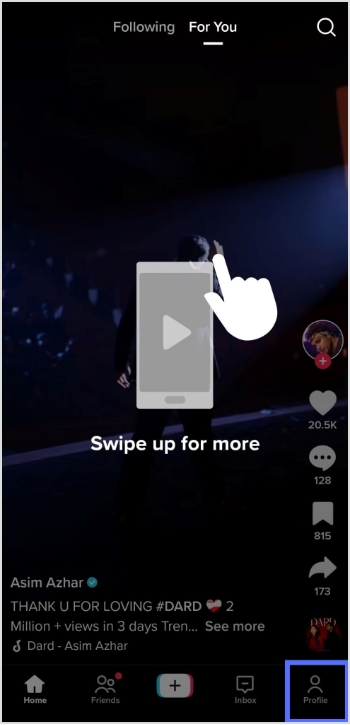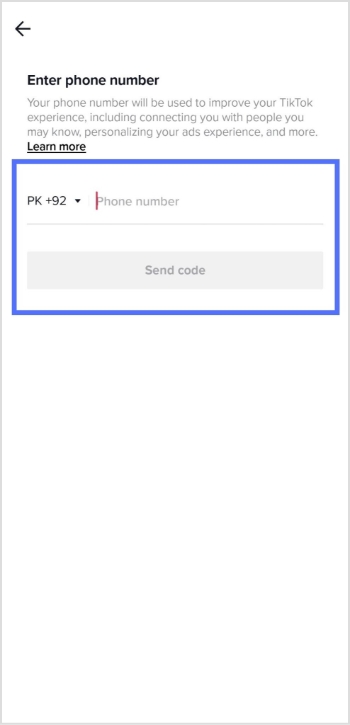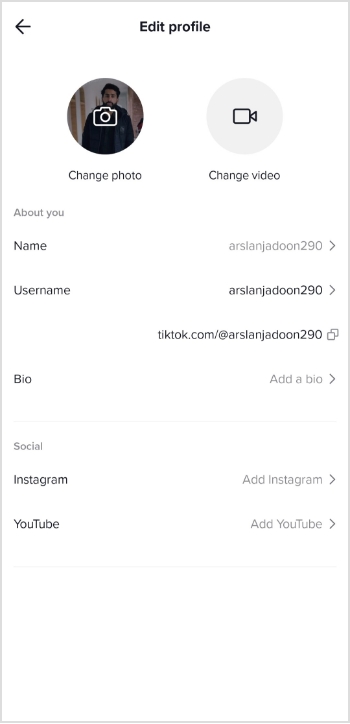Looking for a way to connect with your customers and boost engagement without getting lost in crowded inboxes? SMS marketing is the accurate answer. It provides a direct, effective, and highly engaging way to reach your audience instantly.
But why stop there? By incorporating branded short links into your SMS campaigns, you can save valuable character space while gaining powerful insights into how your audience interacts with your messages.
Whether you’re a small business owner aiming to expand your reach or a marketer looking to supercharge your campaigns, SMS links can help you achieve your goals pretty well.
Let’s explore how these branded short links can transform your SMS strategy and drive measurable results!
What are short links for SMS?
Short links for SMS are shortened URLs used in SMS marketing messages to conserve valuable character space and enhance tracking and analytics.
These links function by redirecting users to the intended landing page or website while tracking data, including clicks, time spent on the page, and conversion rates.
When sending SMS messages, businesses often have a limited number of characters to work with. By using short links, they can include more information in their messages while still maintaining a clear and concise message.
Short links also allow firms to track click-through rates and other valuable data that can be used to optimize their SMS marketing campaigns.
How to create a branded shortened link for SMS marketing
Getting started with crafting short links for SMS marketing is pretty straightforward. All you need is a reliable custom link shortener, and you’re ready to optimize your campaigns.
Here’s a step-by-step guide to help you set things up the right way:
Step #1: Use a dedicated SMS platform
Before you start shortening and sending links, it’s essential to have a dedicated SMS marketing platform in place.
These platforms are specifically designed for managing large-scale SMS campaigns. They offer features like audience segmentation, automation, compliance with SMS regulations, and message scheduling.
A good SMS platform ensures your messages are delivered efficiently and at the right time, helping you maximize engagement and ROI.
Tools like Replug and Twilio integrate seamlessly with link shorteners, providing a solid foundation for your campaigns.
Step #2: Choose a link-shortening tool
Once your SMS platform is ready, the next step is to pick and configure a link-shortening tool.
Replug is a top-tier option that goes beyond basic shortening, offering powerful features such as click tracking, branded domains, retargeting, and in-depth analytics.
These capabilities help you monitor link performance, build trust with custom URLs, and ultimately drive better results from your SMS campaigns.
Don’t settle for less when it comes to SMS marketing. Sign up for Replug today and start seeing results!
Step #3: Create your shortened link
Let’s say you select Replug as your link-shortening tool. You can create a shortened link for your SMS campaign by simply pasting your original URL into Replug’s “Shortened link” box and generating a new, shortened link within seconds.

Step #4: Use a custom domain
To strengthen brand consistency and recognition, personalize your short link with a custom domain. Instead of using a generic shortener domain, your SMS messages can include your brand name in the slug. This not only looks professional but also builds credibility with your audience. So, add accordingly!
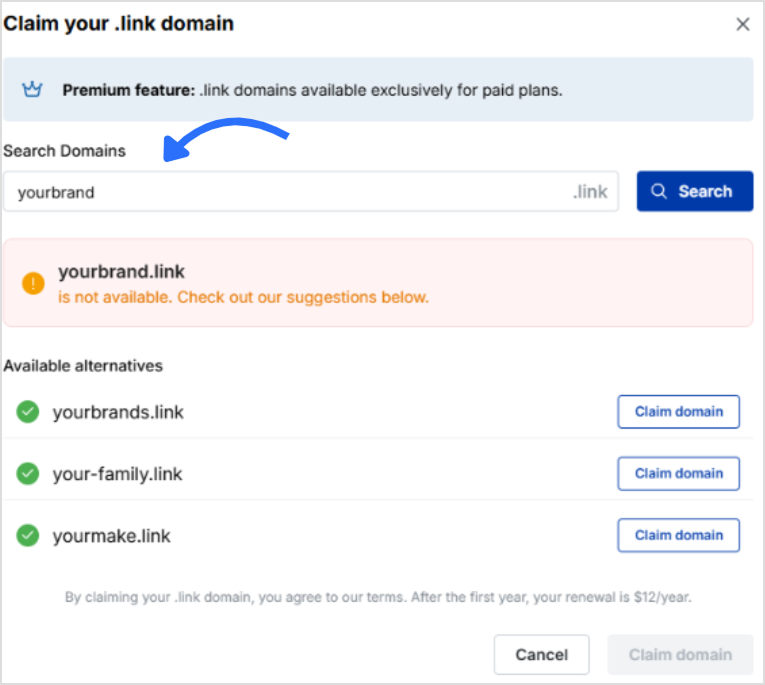
Step #5: Add link preview
Some devices display a small link preview when a shortened link is shared. With Replug, you can customize its appearance hassle-free, adding a title, description, or image that makes your link more attractive and clickable.

Step #6: Route links
Advanced tools like Replug let you set up link routing. This means you can send different users to different destinations based on factors like location, device type, or campaign variations. It’s quite beneficial for A/B testing or running multi-location promotions.
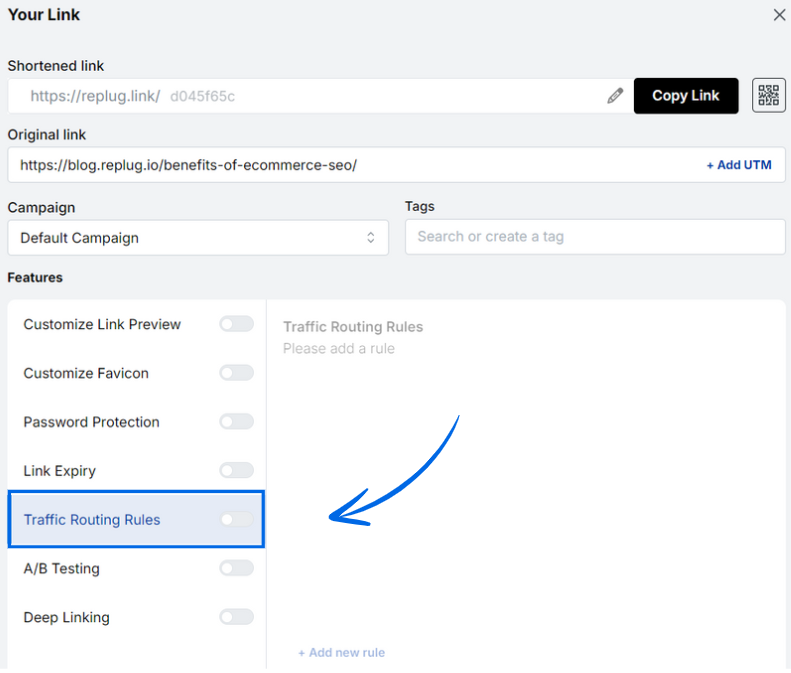
Step #7: Include a strong call to action (CTA)
To encourage customers to click on your shortened link, include a clear call-to-action in your SMS message. For example, you could say “Click here to try our new pizza flavor!” with the shortened link included in the message.
Step #8: Add deep links
Deep links allow you to send users directly to a specific page within your app or website, rather than just the homepage. This saves customers valuable time and increases conversions. For instance, an e-commerce brand can send shoppers straight to a product checkout page.
By following the steps outlined above, you can easily create a branded shortened link tailored for SMS marketing that promotes trust, engagement, and CTR.
Why use short links in SMS marketing?
Short links are a must-have tool for businesses seeking to upgrade their SMS marketing strategy. Here are some convincing reasons why you must utilize short links for SMS marketing.
To save space (character count limits)
SMS messages have a 160-character limit, so every character counts. Shortened links take up less space, giving businesses more room to communicate their message effectively.
For example, a retailer can send a message with a shortened link to a product page, allowing them to provide a brief description and the link in one message.
For click tracking & analytics
Shortened links can be used to track clicks and engagement, giving enterprises valuable data on the effectiveness of their campaigns.
For instance, a charity can send an SMS message with a shortened link to a donation page. By tracking clicks on the link, they can determine the success of the campaign and adjust future ones accordingly.
For an optimized mobile experience
Most people access SMS messages on their mobile devices, and shortened links can lead to a better user experience on these gadgets.
For example, an airline can send an SMS message with a shortened link to a mobile boarding pass. This makes it much easier for passengers to access and use the pass on their smartphones.
To increase brand recognition
Shortened links can be customized with branded domains, helping to increase brand recognition and trust.
For instance, a fashion brand can send an SMS message with a shortened link to a new collection, using a branded domain.
For seamless A/B testing
Shortened links can be used for A/B testing and optimization of SMS campaigns.
For example, an online retailer can send two different SMS messages with different shortened links to a product page and track which link receives more clicks. They can then optimize future campaigns for increased engagement.
To enhance trust & click-through rates (CTR)
Branded shortened links look cleaner and more trustworthy than long, generic URLs. When recipients see a familiar brand name in the link, they’re more likely to click, leading to higher engagement and conversions.
For instance, a fitness app can send an SMS with a branded short link, such as “fitco.app/joinnow”, which appears more reliable than a random string of characters.
For better deliverability
SMS messages containing long or suspicious-looking links may get flagged by carriers or filtered as spam. Short, clean links reduce the risk of this happening, ensuring your message reaches the recipient’s inbox without interruption.
For example, a financial service can use a shortened, verified link to send account update notifications, reducing the chances of carrier rejection or message filtering.
For additional data points
Shortened links can capture additional data, such as device type, location, and time of click, providing deeper insights into audience behavior and preferences. This ultimately helps to refine future campaigns.
For instance, a restaurant chain can use shortened links in SMS campaigns to track which city or time slot gets the most reservations, tailoring promotions based on that data.
Also read: How to use shortened URLs for marketing
How brands use short links for SMS marketing: Check out the examples
Here are a few ways renowned brands are utilizing short links in their SMS marketing efforts.
Dunkin’ Donuts
Dunkin’ Donuts uses SMS marketing to send exclusive deals and promotions to its customers.
To track the success of their campaigns, they use shortened links that lead customers to a landing page with the offer.
This enables Dunkin’ Donuts to measure engagement and optimize its campaigns for improved results.
Subway
Subway uses SMS marketing to send coupons and special offers to its consumers.
To provide a better user experience, they use shortened links that lead customers to a mobile-friendly coupon page. This allows them to redeem the offer on their mobile devices easily.
Coca-Cola
Coca-Cola uses this technique to promote new products and events to its customers.
To increase brand recognition, they use custom domains for their shortened links. For example, they might use a link like “www.coke.com/newproduct” to promote a new product launch.
Nordstrom
Nordstrom utilizes SMS marketing to send personalized recommendations to its clients.
To track engagement and improve their recommendations, they use shortened links that lead customers to a product page with more information about the recommended item.
Zara
Zara uses this marketing strategy to promote new collections and limited-time offers to its customers.
To increase engagement and drive sales, they use shortened links that direct customers to a product page featuring the collection or offer.
These are just a few examples of how brands are using short links for SMS marketing to enhance their campaigns and achieve their marketing goals.
Example of a good and bad SMS with shortened links
The way you incorporate shortened links in SMS marketing can significantly impact your campaign’s effectiveness. A well-crafted message with a shortened link should be clear, relevant, and aligned with your brand, encouraging trust and clicks.
On the other hand, a poorly written SMS with an unbranded or unclear link can confuse recipients, lower click-through rates, and even trigger spam filters.
Below is a precise example to illustrate the right and wrong ways to use shortened links in your SMS campaigns.
Good SMS Example:
Hi Sarah! Our Fall Sale is now live 🍁 — enjoy 30% off all items this week only! Shop now: brandshop.co/fall30
Why it’s good:
- Personalized greeting
- Clear offer and urgency
- Branded short link (adds trust)
- Friendly, concise tone
Bad SMS Example:
SALE NOW ON! Click here for 30% off: bit.ly/3xY2zZq
Why it’s bad:
- All caps feel forceful
- No personalization
- Vague message
- Generic, unbranded link (may seem suspicious)
Wrapping Up
In conclusion, branded short links are a powerful tool for SMS marketing, offering enhanced brand recognition, improved click-through rates, and valuable analytics.
By creating concise, trustworthy, and trackable links, brands can optimize their campaigns and drive engagement effectively.
As shown through examples, well-crafted SMS with branded links resonate with audiences, while poorly designed ones risk losing trust.
By following the steps outlined to create and implement these links, businesses can strengthen their SMS marketing strategy. This ensures messages are impactful, professional, and aligned with their brand identity, ultimately facilitating stronger connections with customers in a competitive digital landscape.
Frequently asked questions
Why SMS Marketing matters for digital marketers?
SMS marketing is essential for digital marketers in 2025 due to its 98% open rate and rapid 90% read-within-3-minute delivery. It enables direct, immediate customer engagement that far surpasses email.
With 66% of businesses adopting SMS software and increasing budgets, it drives high ROI through personalization and AI integration in omnichannel strategies.
How effective is an SMS campaign including short URLs?
SMS campaigns with short URLs achieve 98% open rates and 36% click-through rates, with 28% of recipients clicking links for enhanced tracking and conversions.
Short URLs optimize message length, boost readability, and support 45% response rates, making them 30% more cost-effective than traditional methods.
What are the best link shorteners for SMS marketing in 2025?
– Replug stands out for SMS marketing with its all-in-one link management, retargeting, and bio tools tailored for marketers.
– Bitly offers trusted, simple shortening with strong analytics and brand recognition for reliable campaign tracking.
– Klaviyo integrates AI-driven SMS with short link support for personalization, while
– Twilio enables programmable SMS workflows incorporating shortened URLs for scalable engagement.
How can I optimize my SMS marketing campaigns using short links?
Use branded short links to enhance trust, reduce character count, and lower SMS costs while maintaining clear, concise messaging. Draw click tracking and analytics from shorteners to measure engagement, A/B test variations, and direct to mobile-optimized landing pages for higher conversions.

